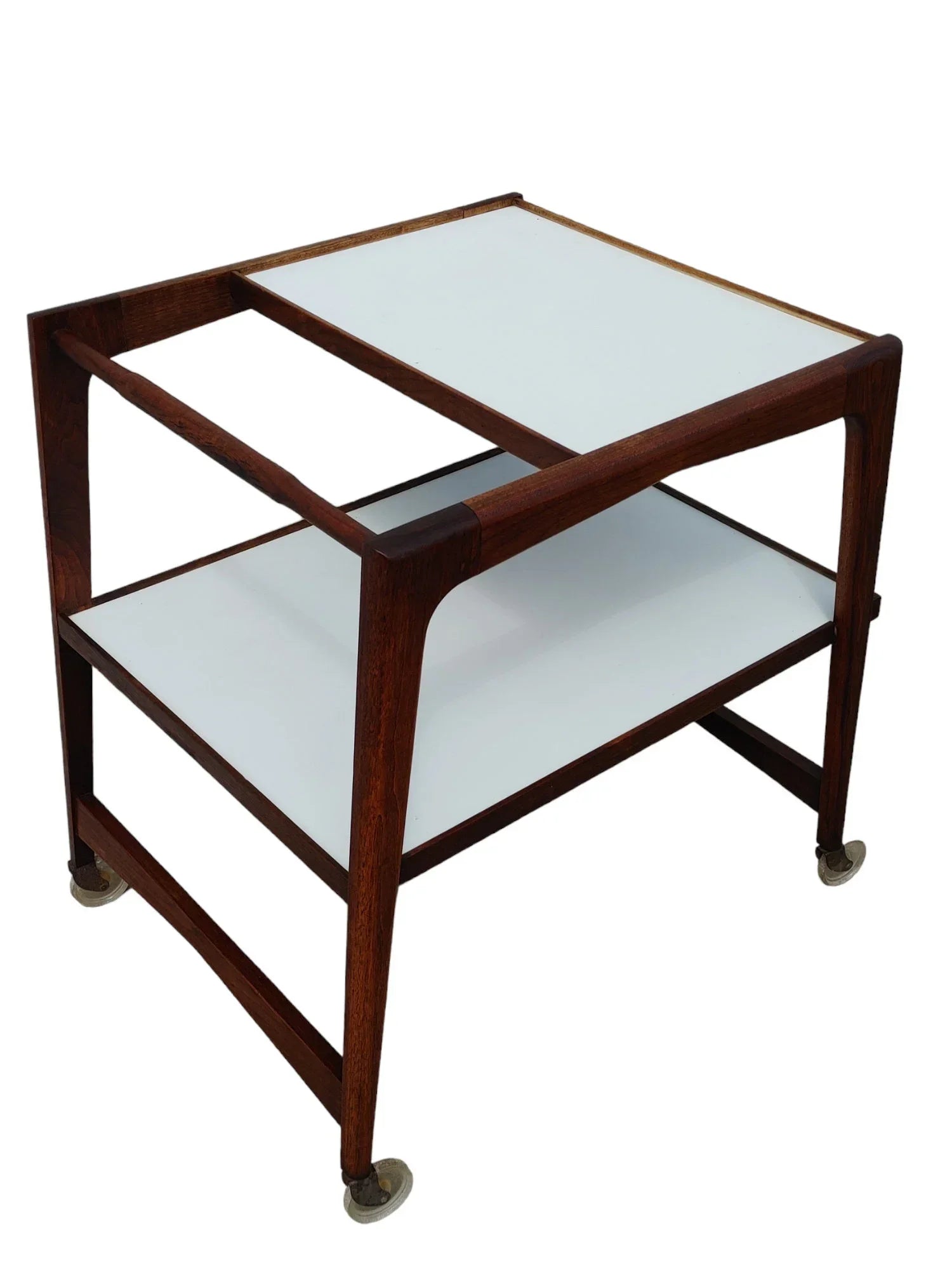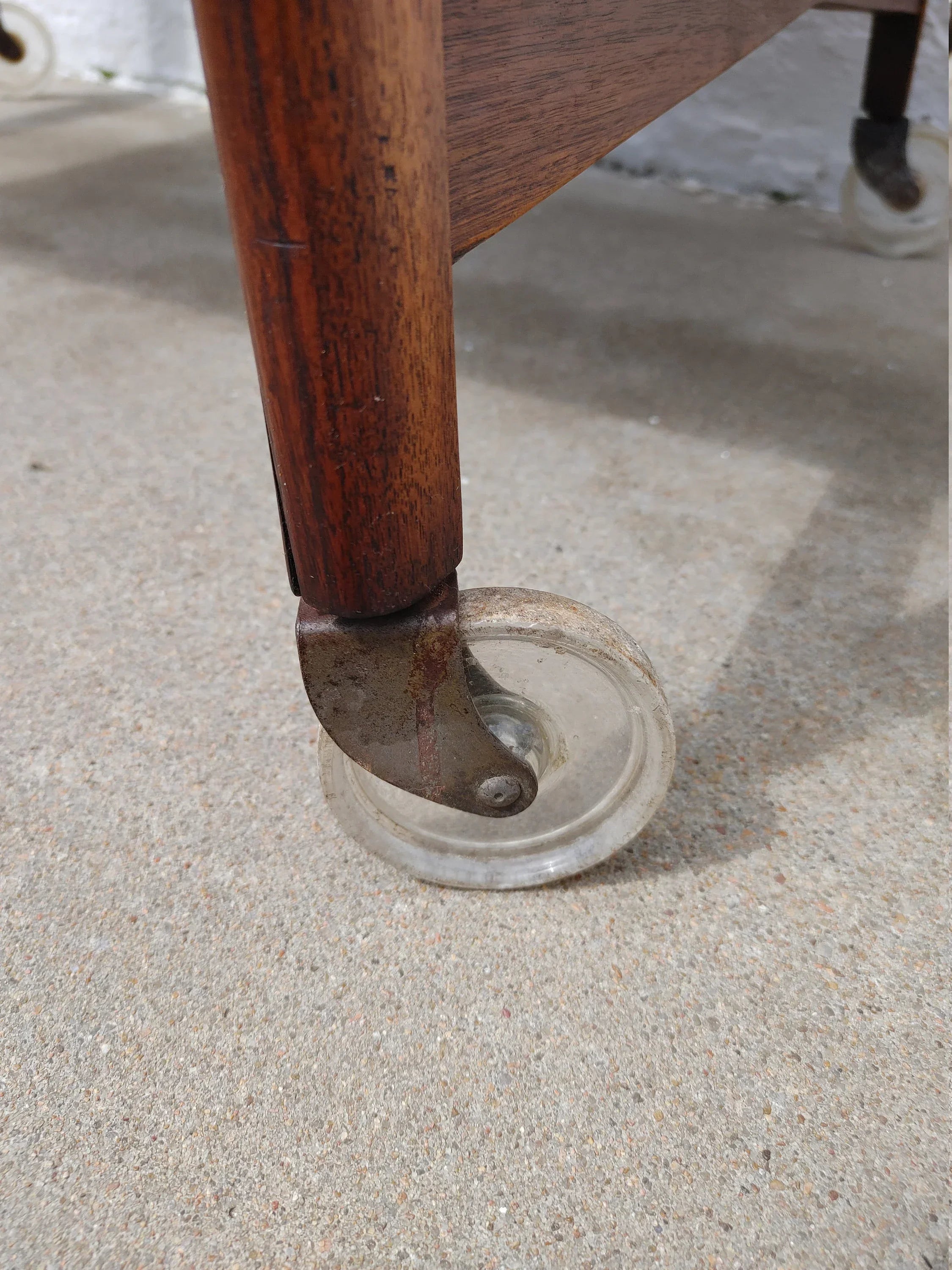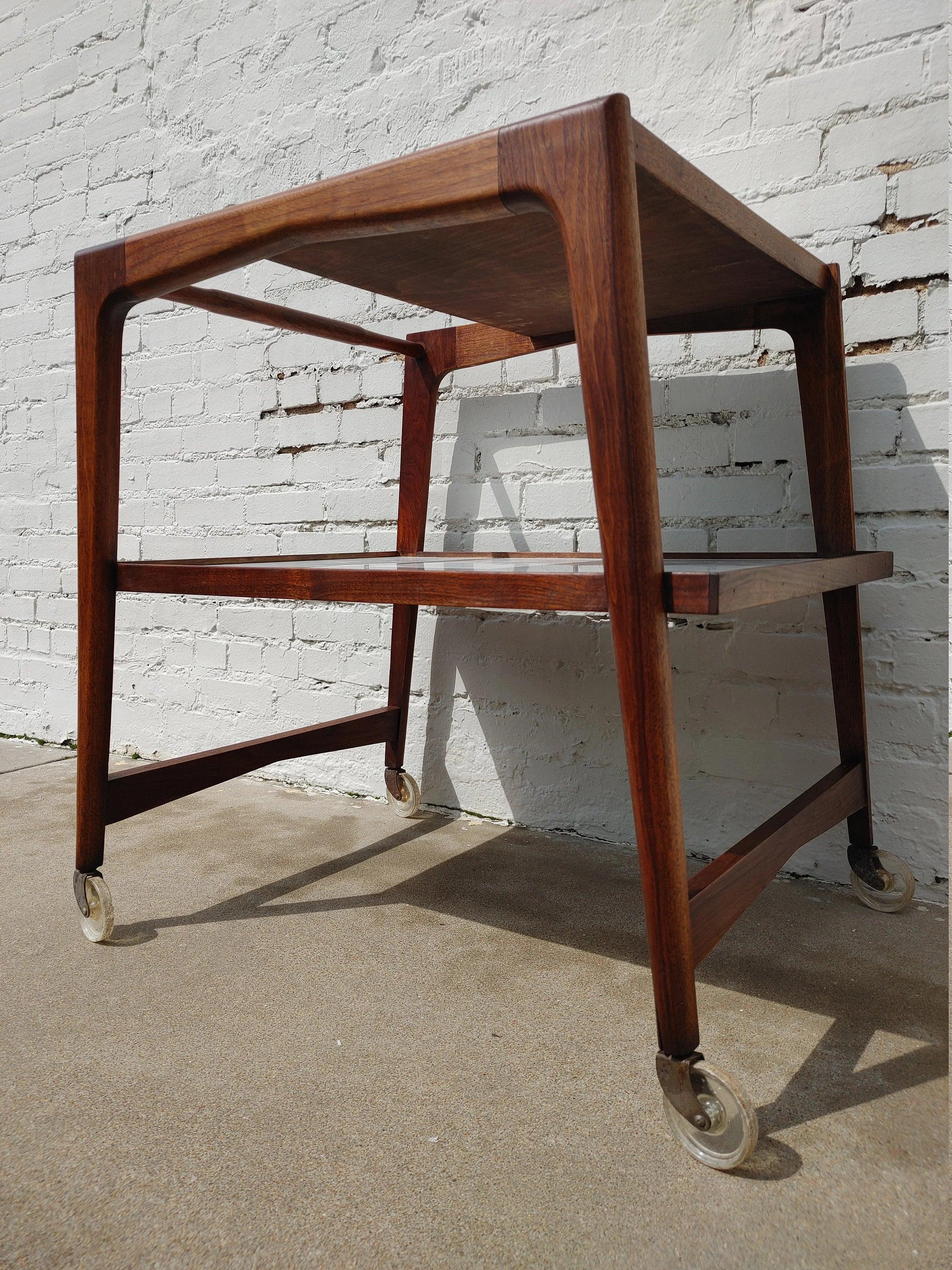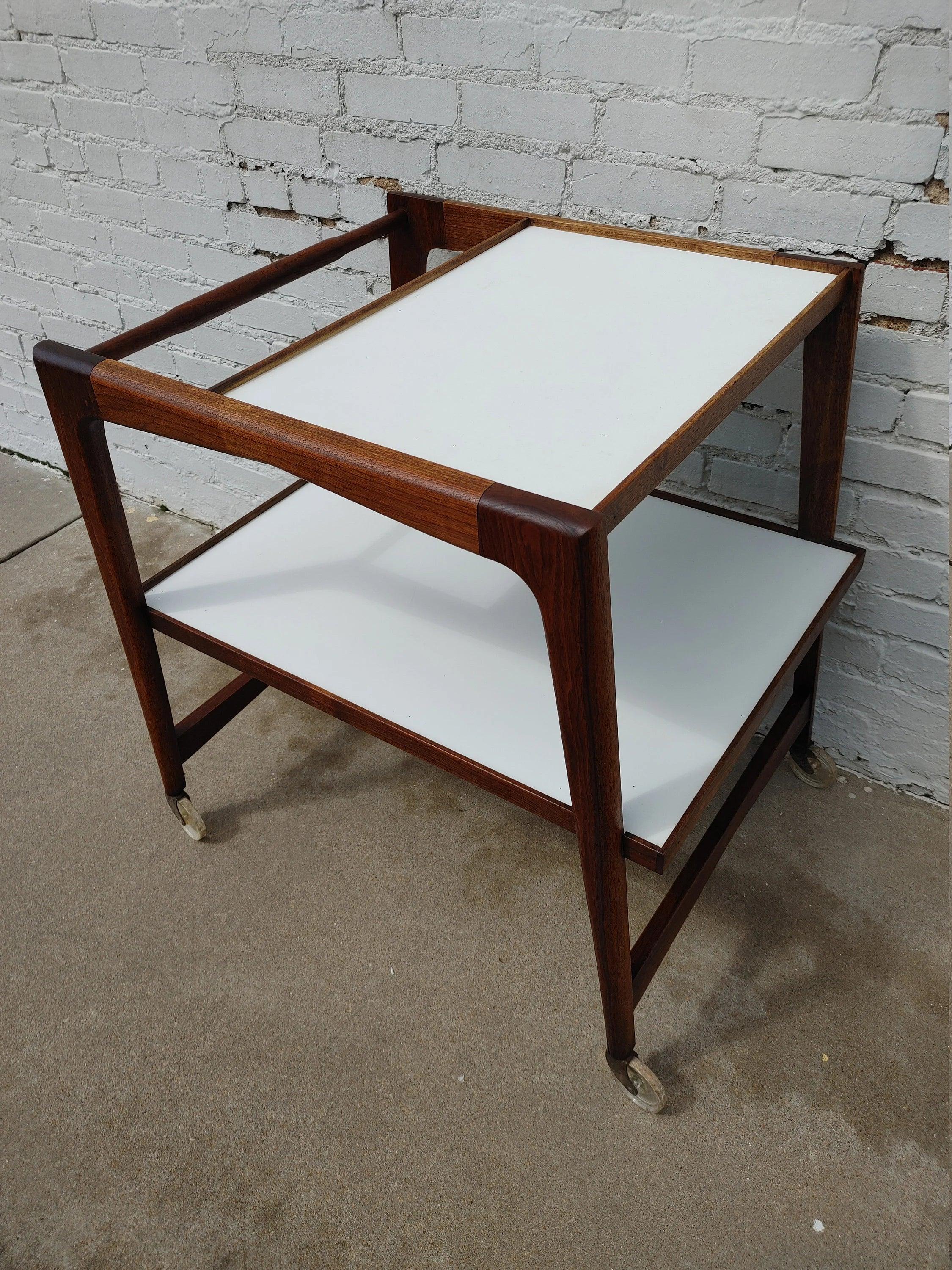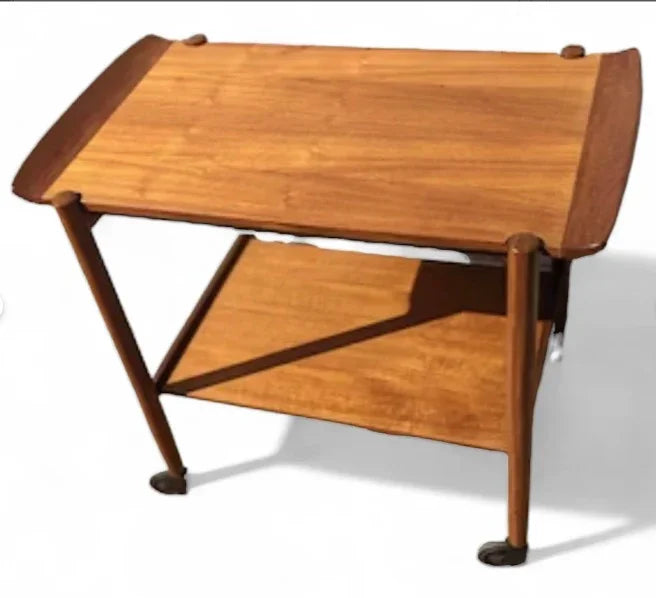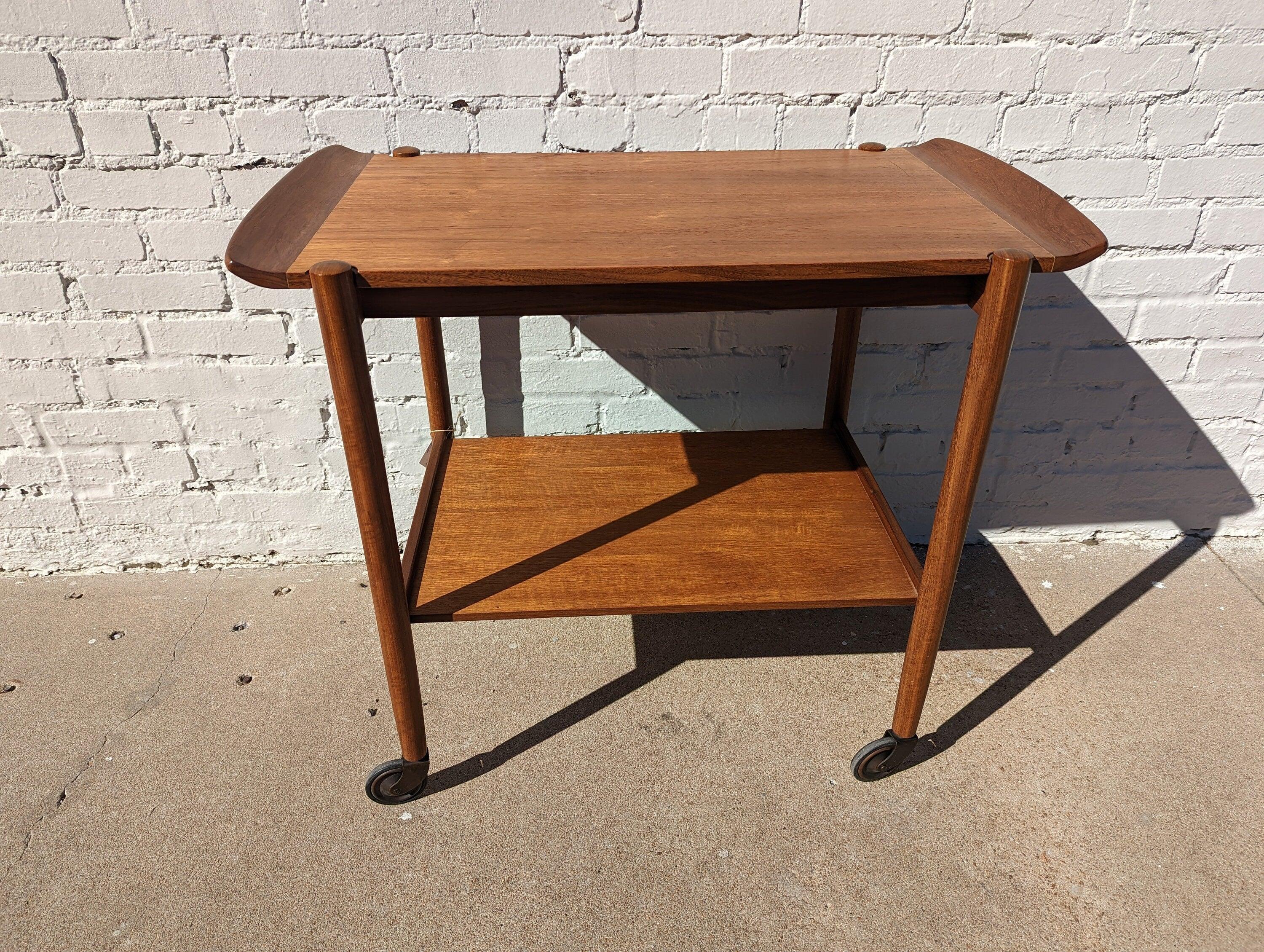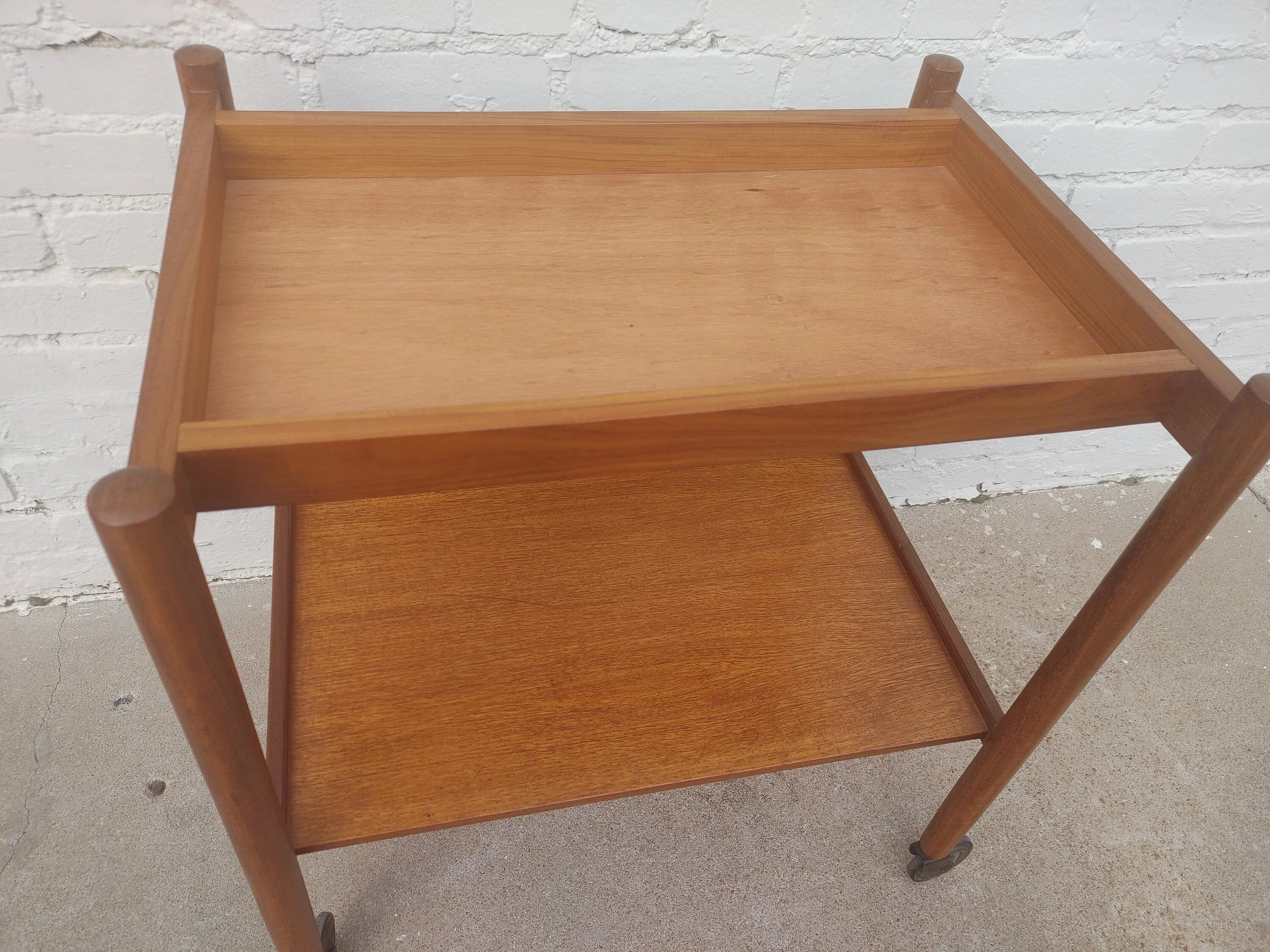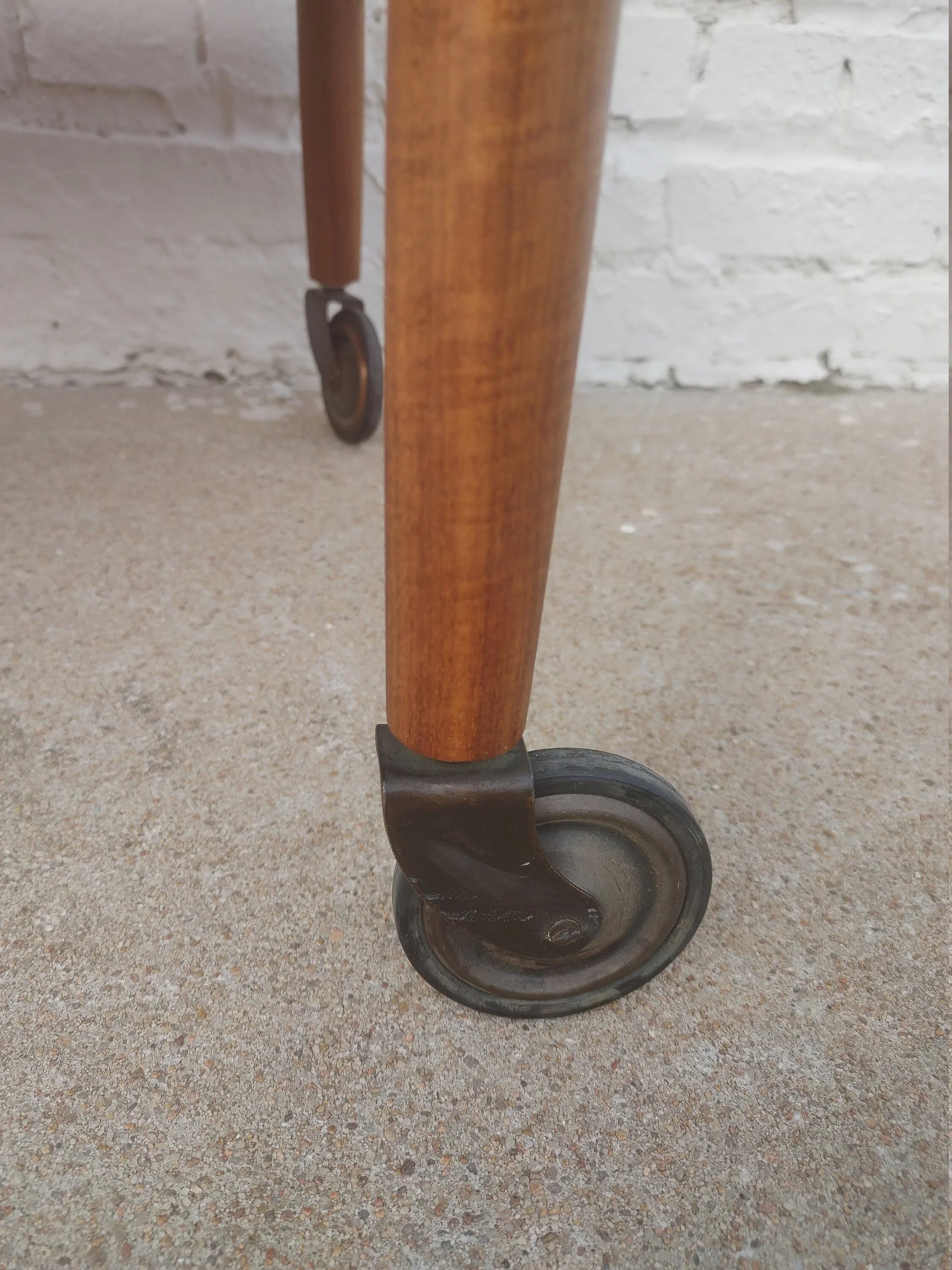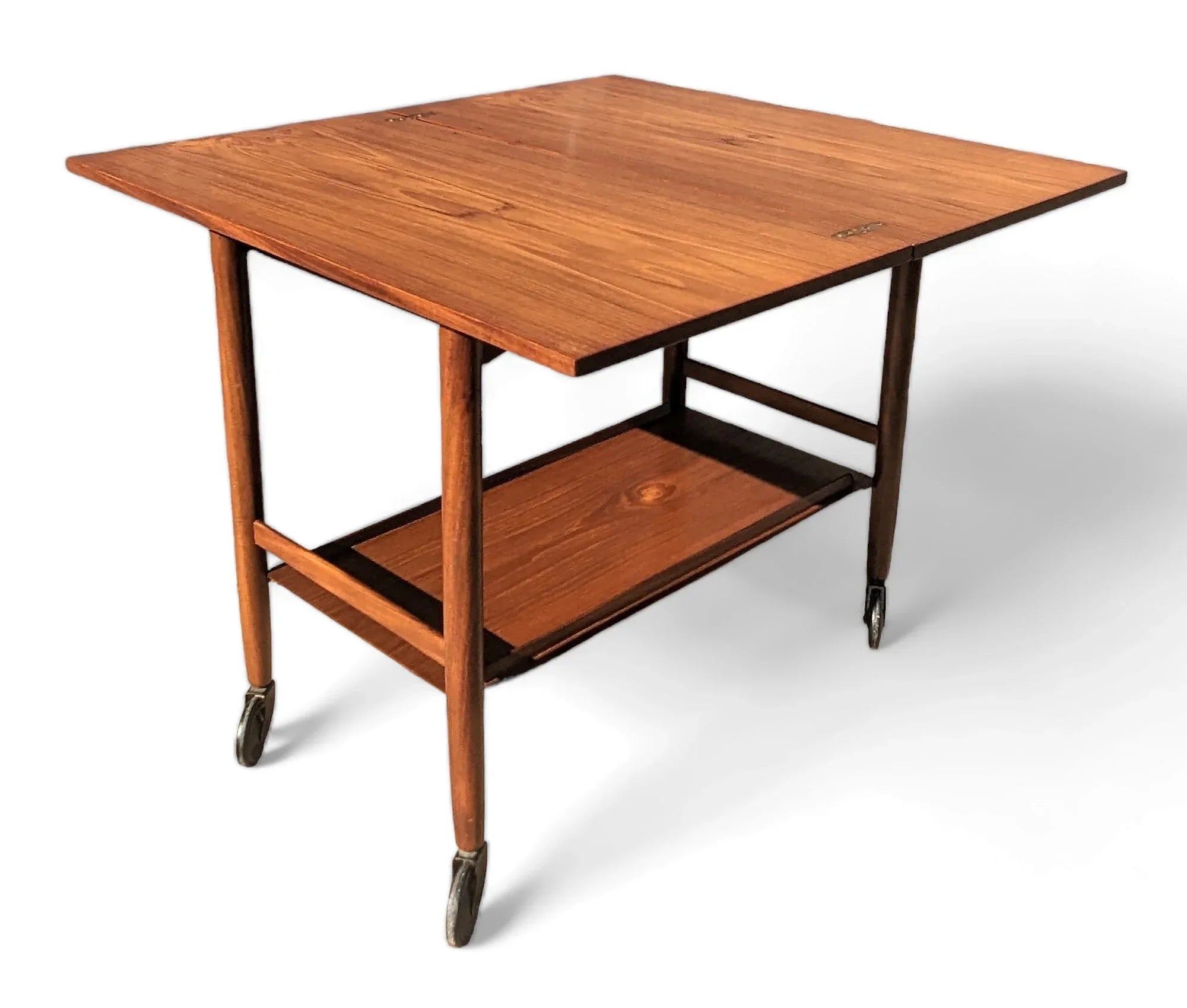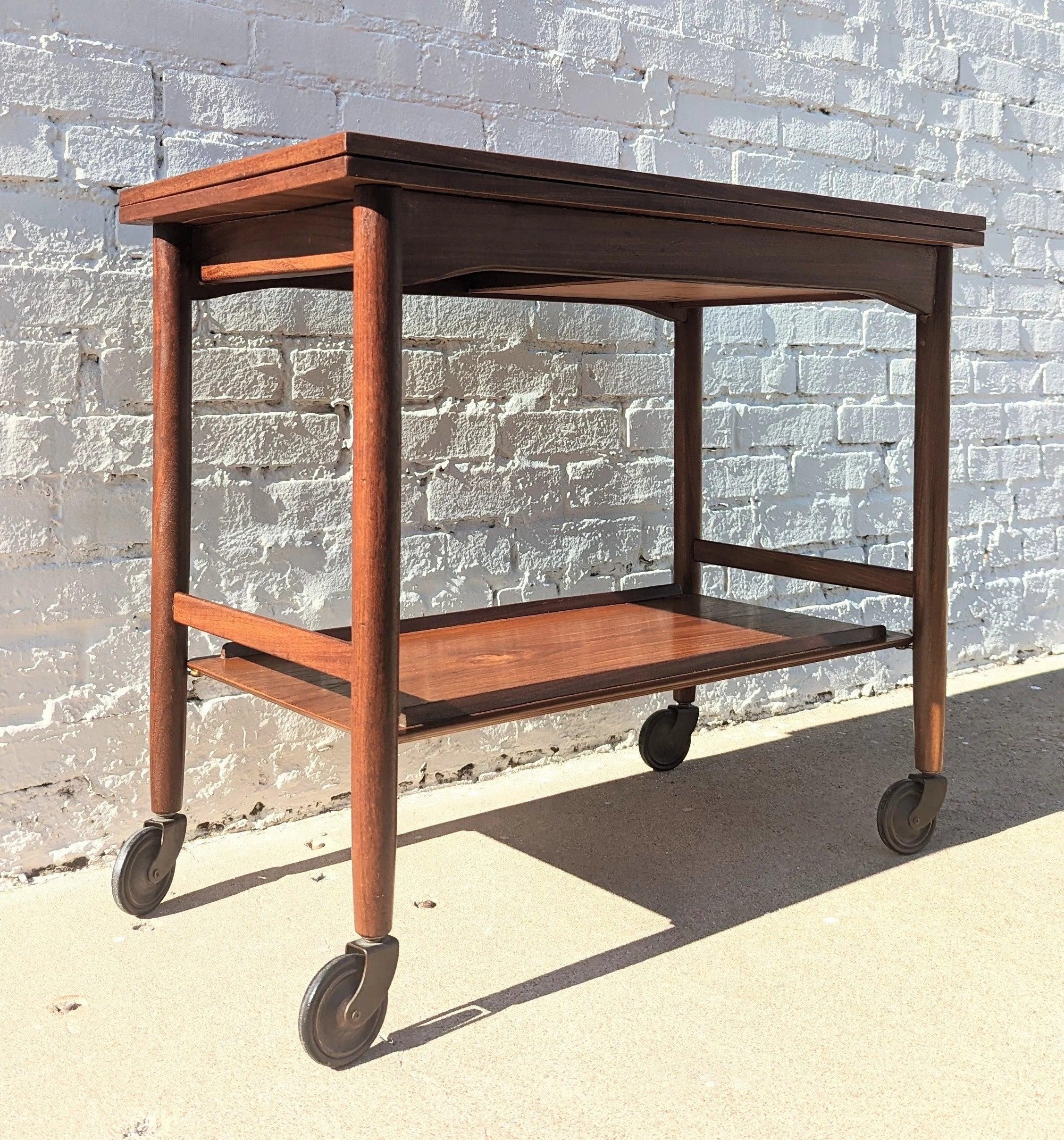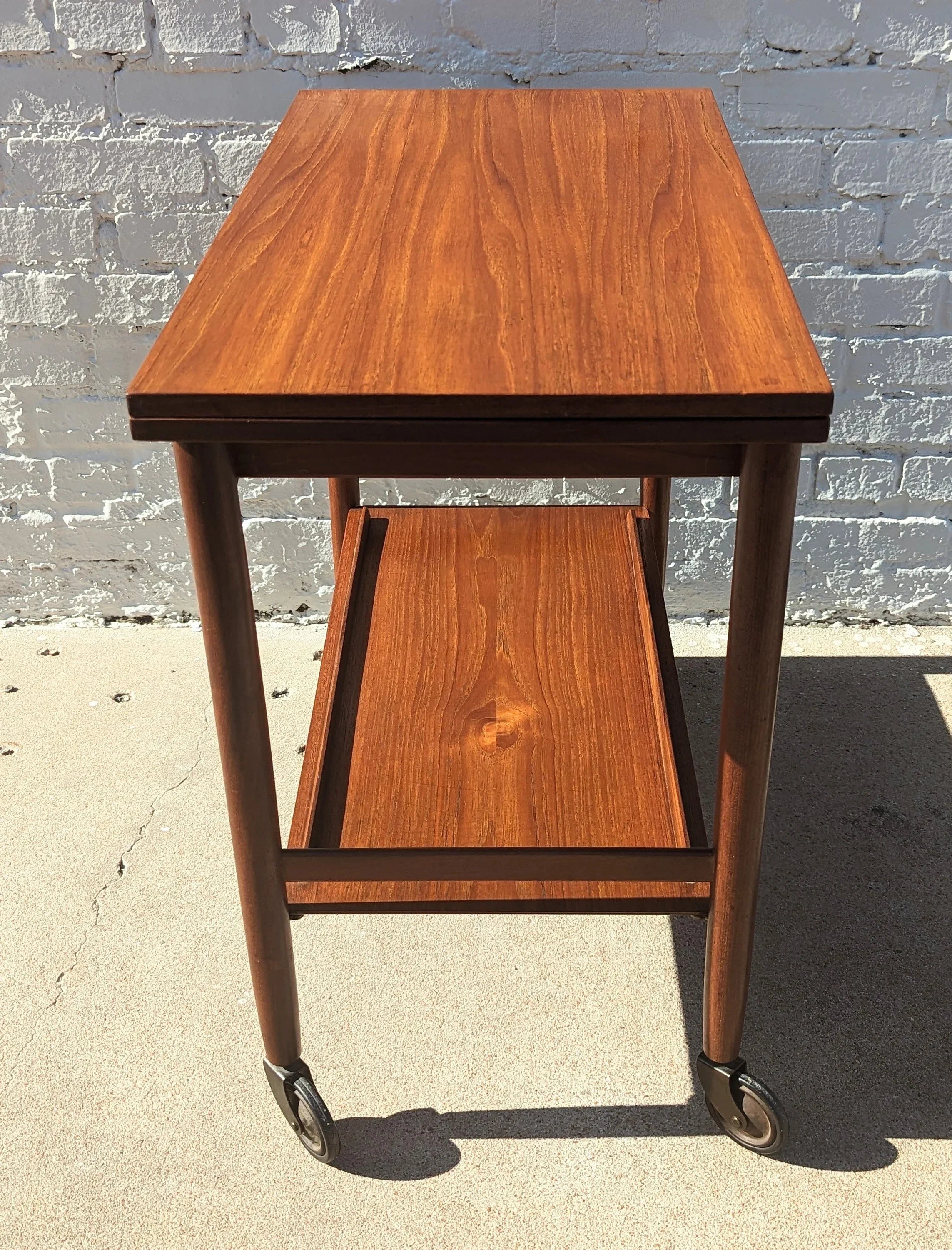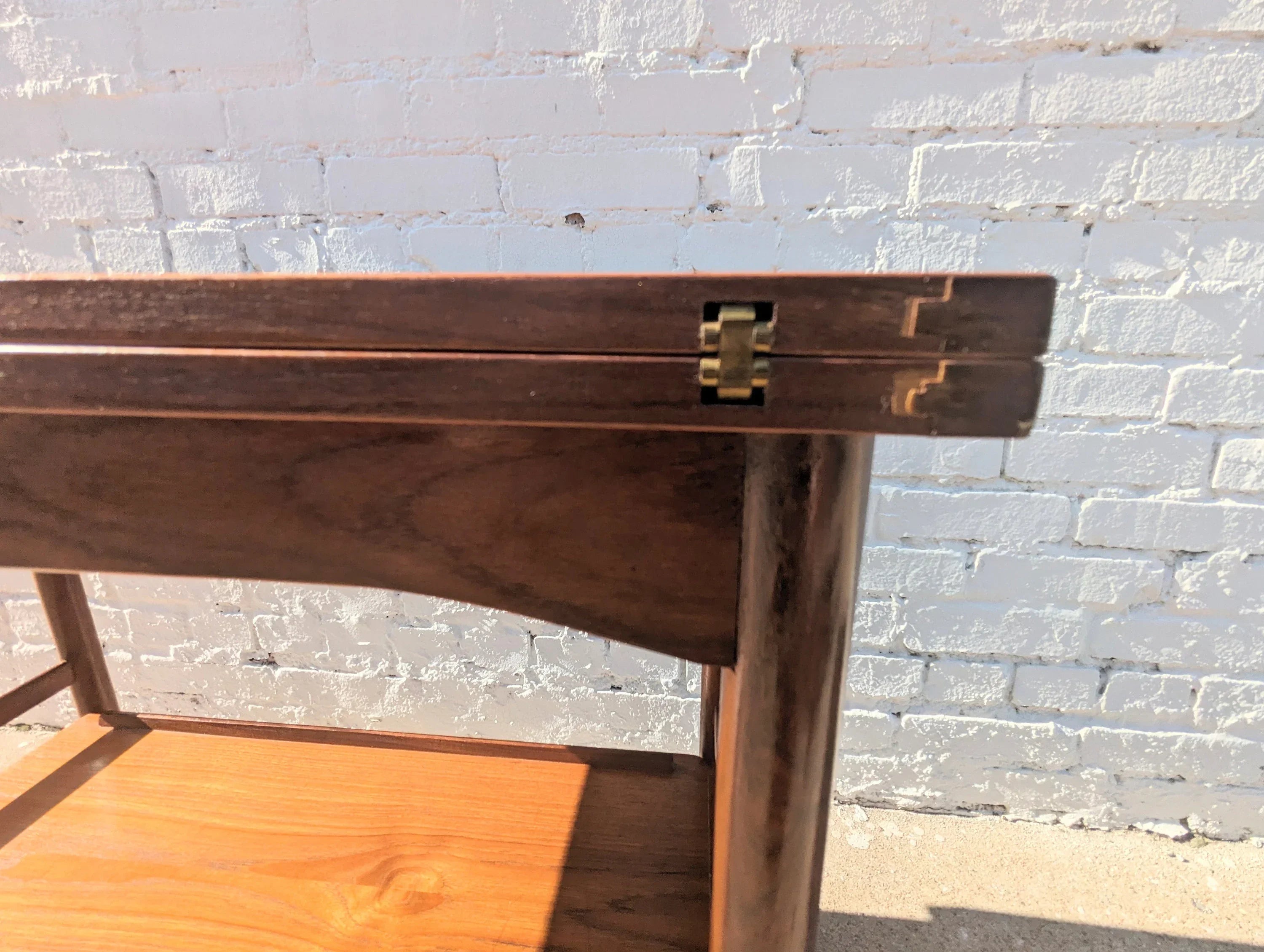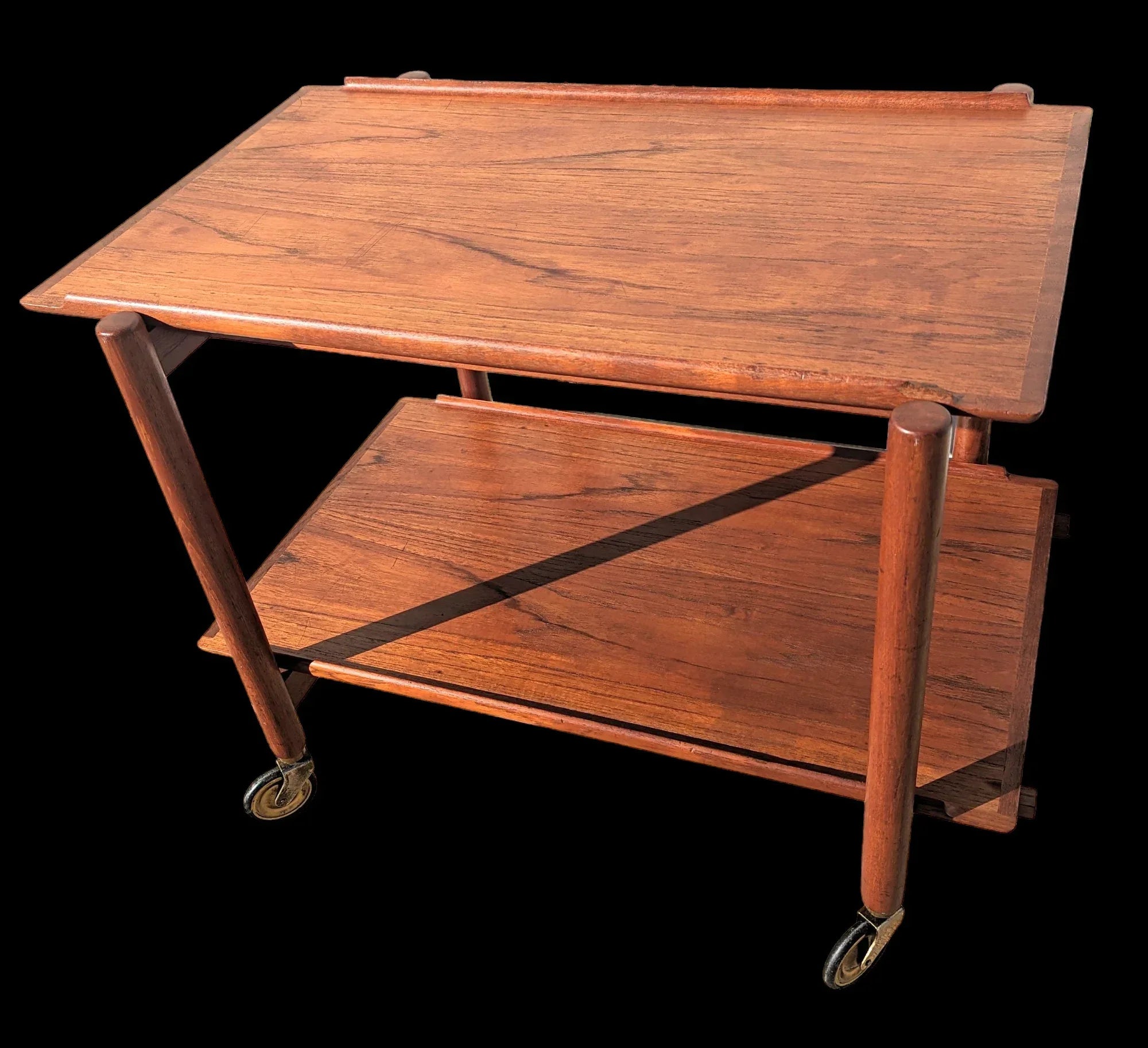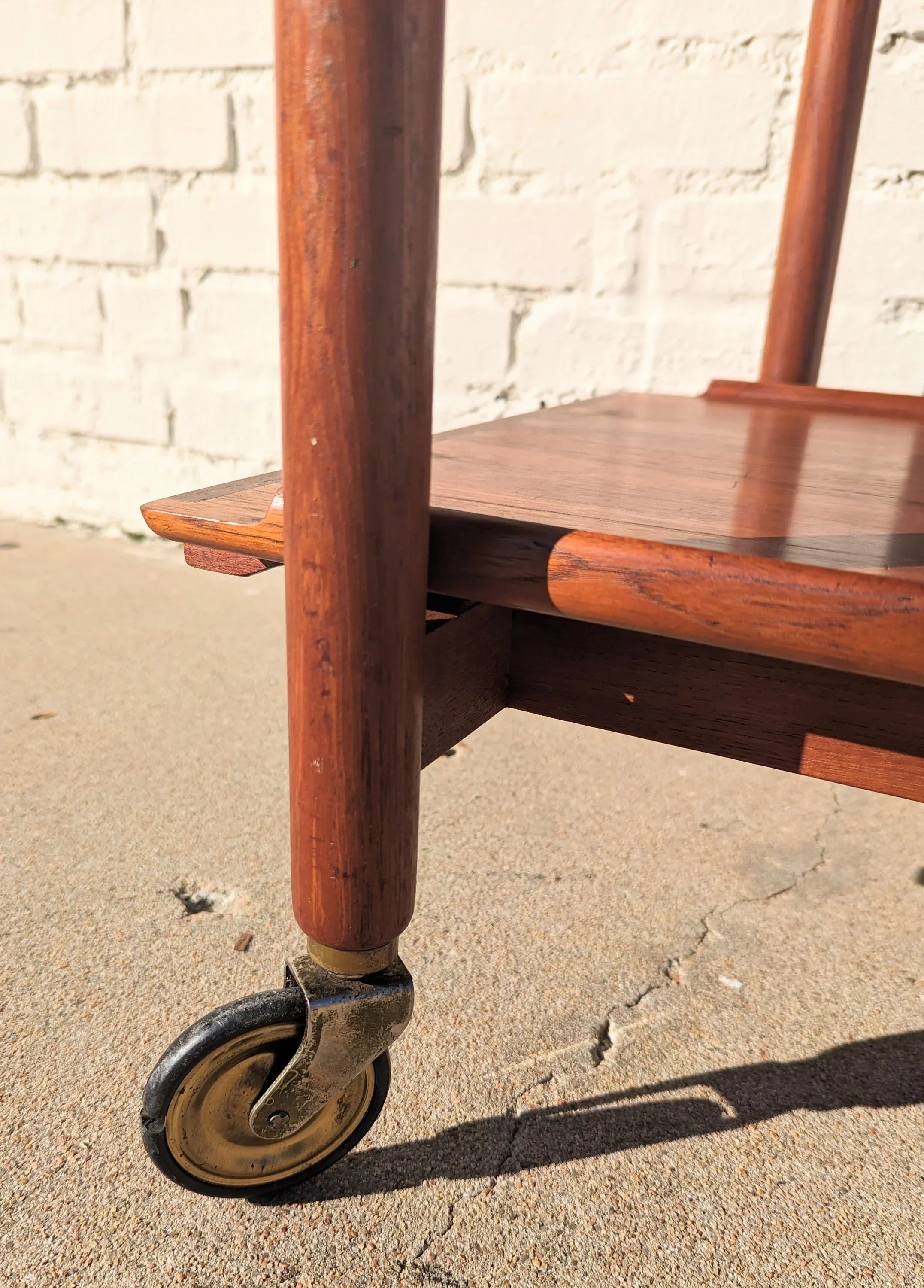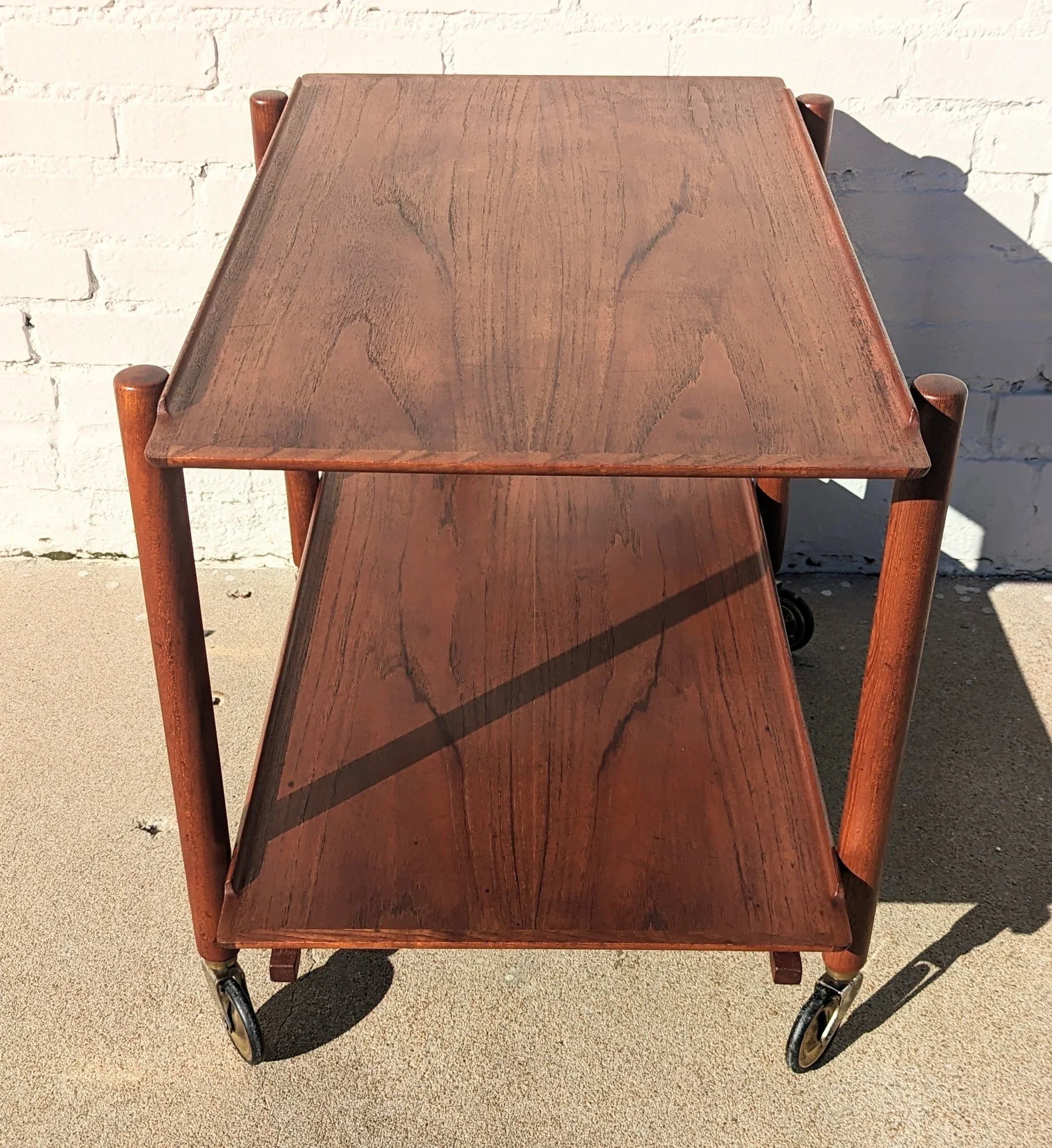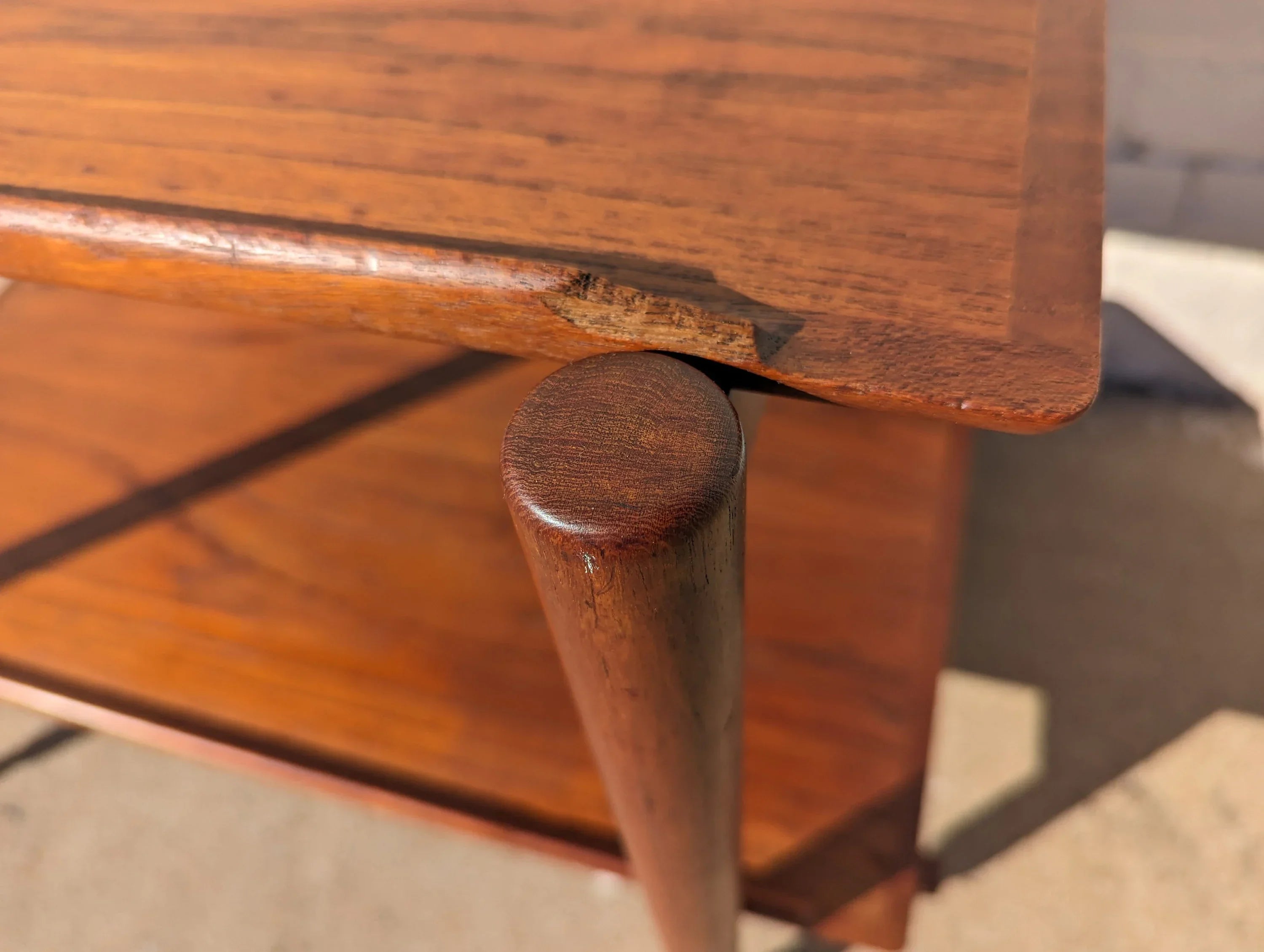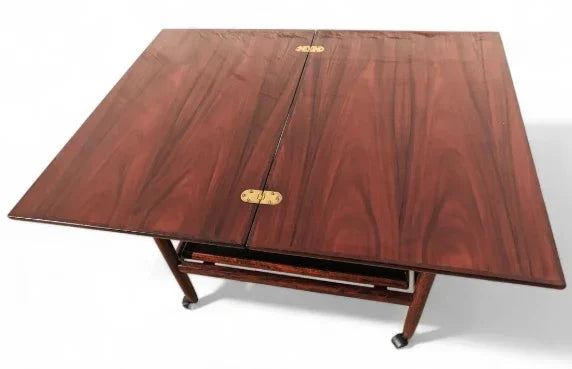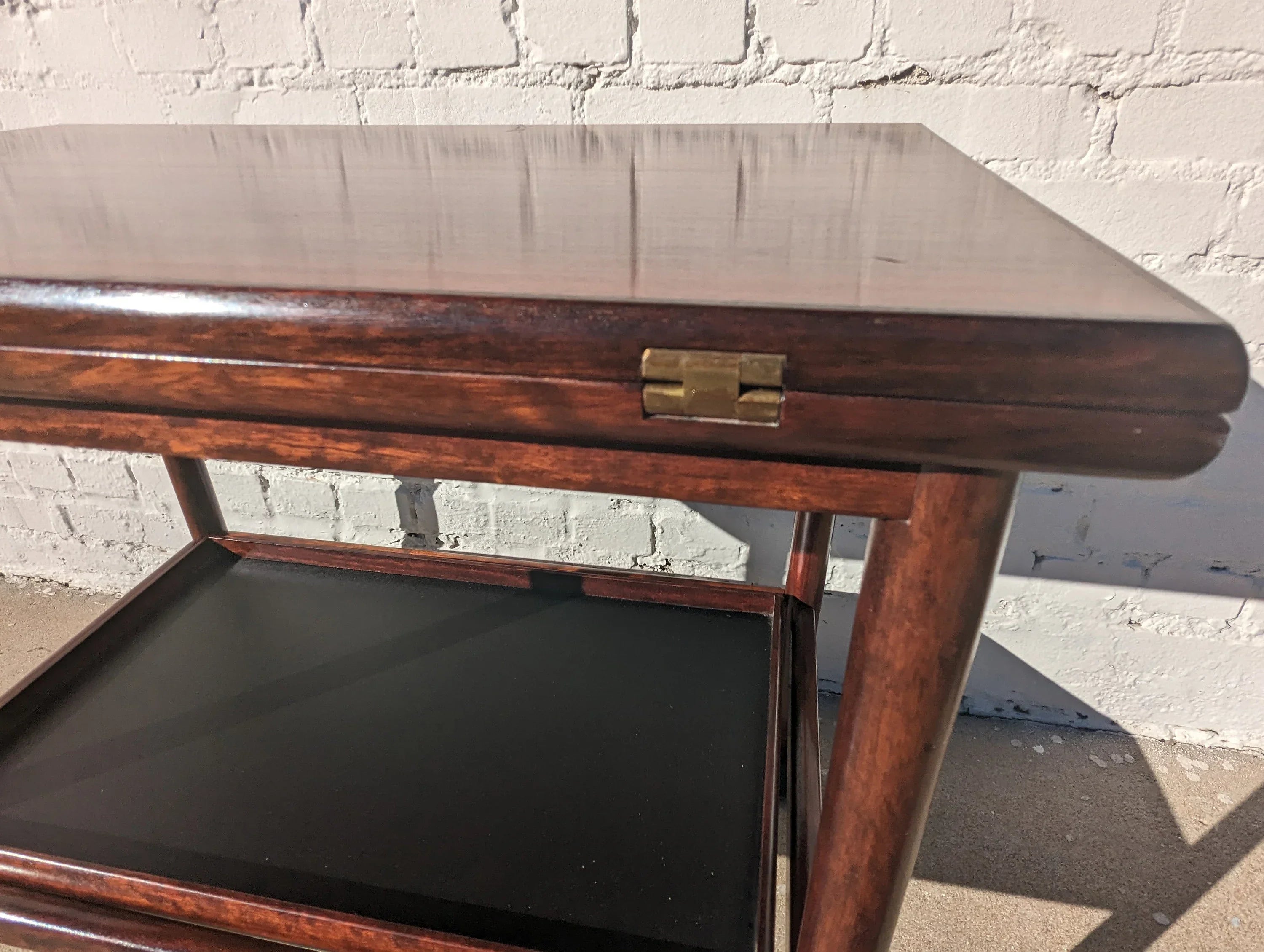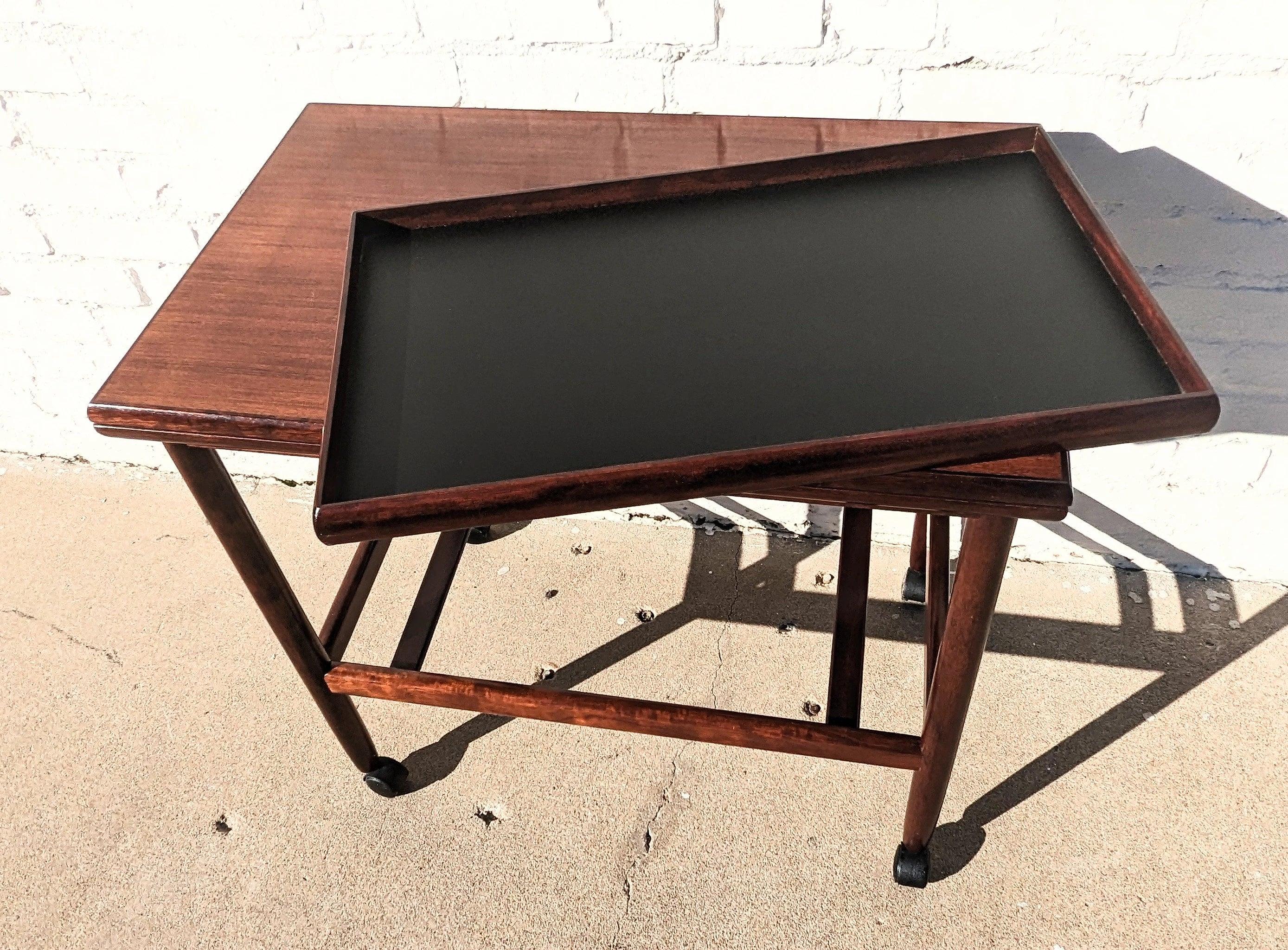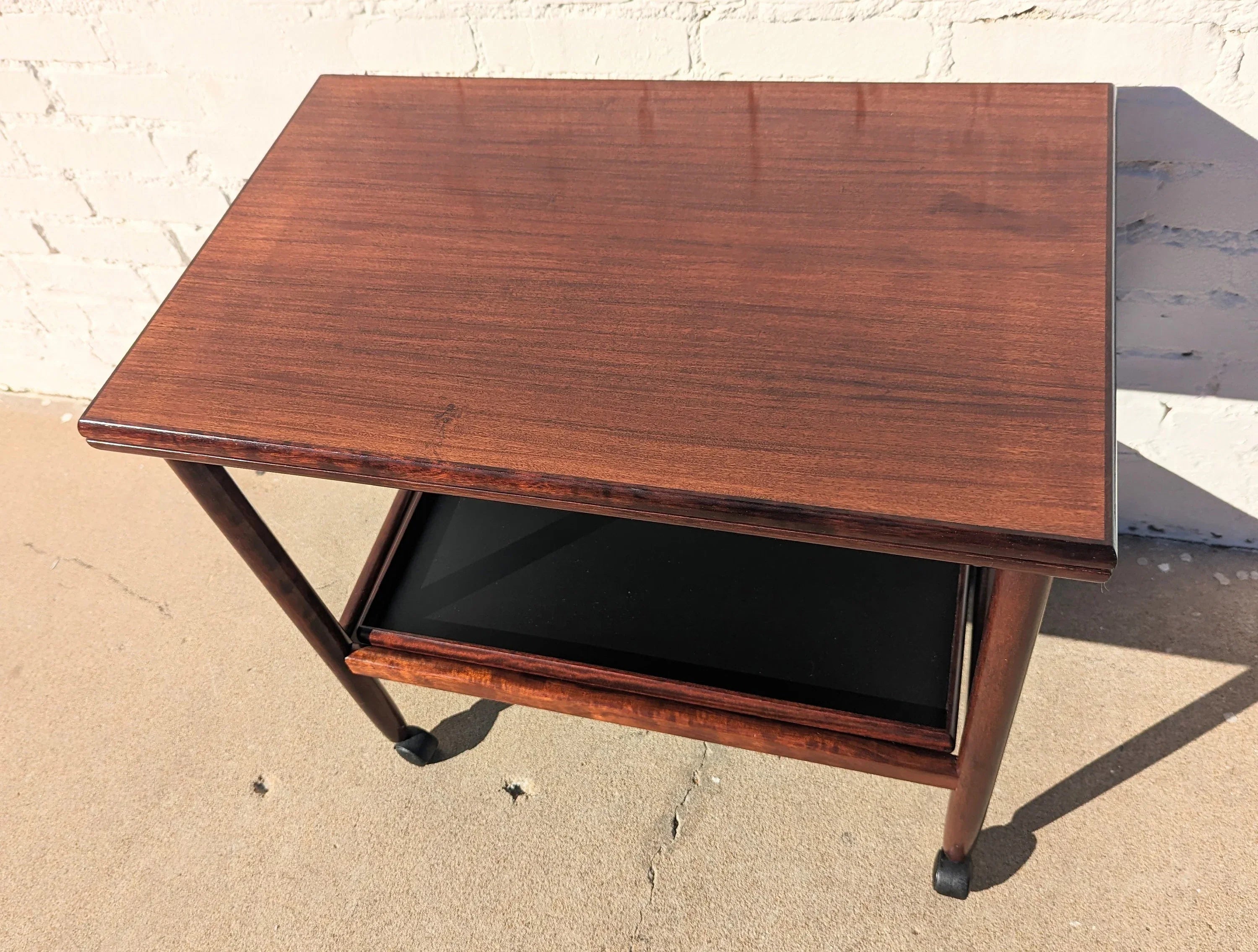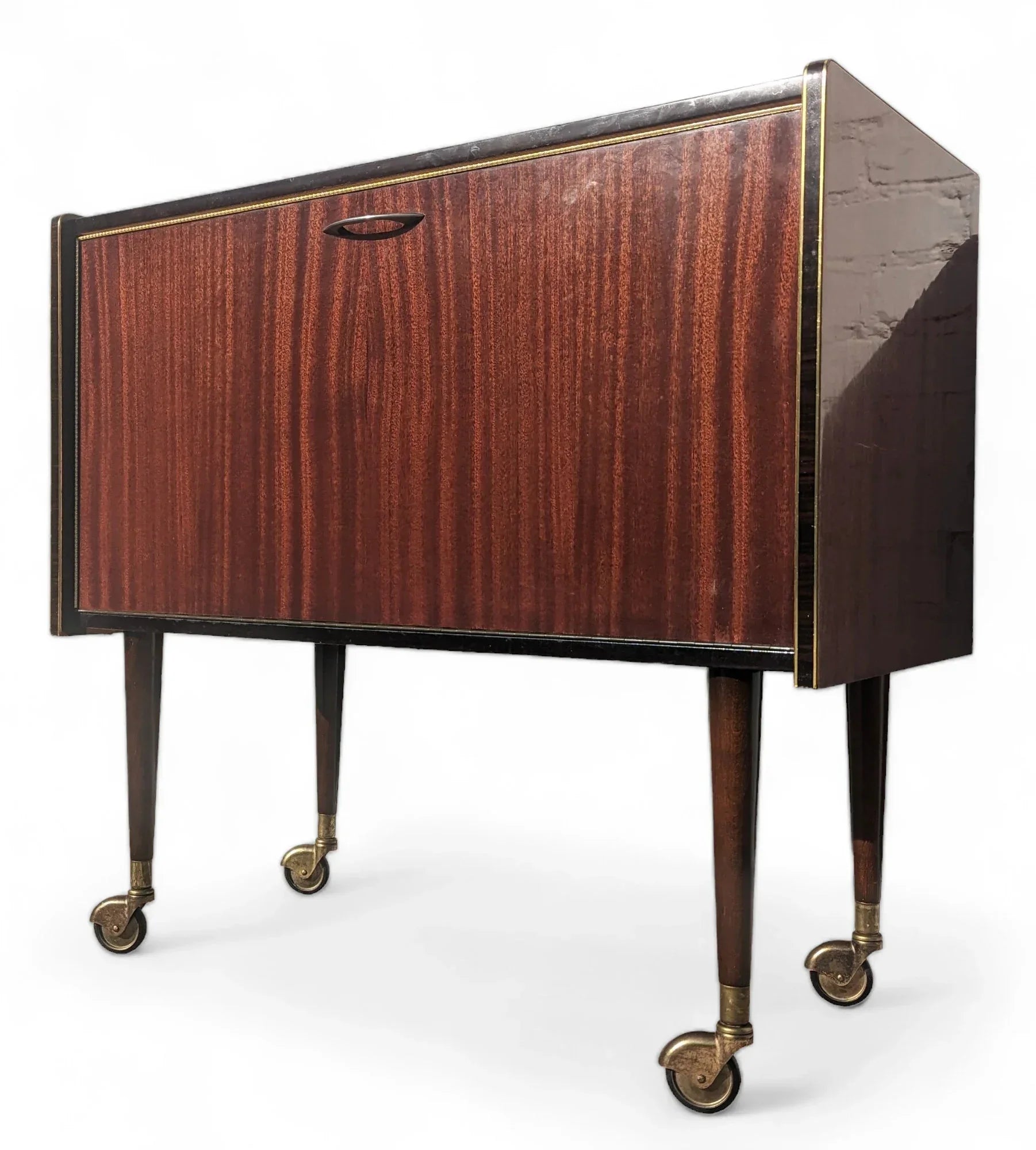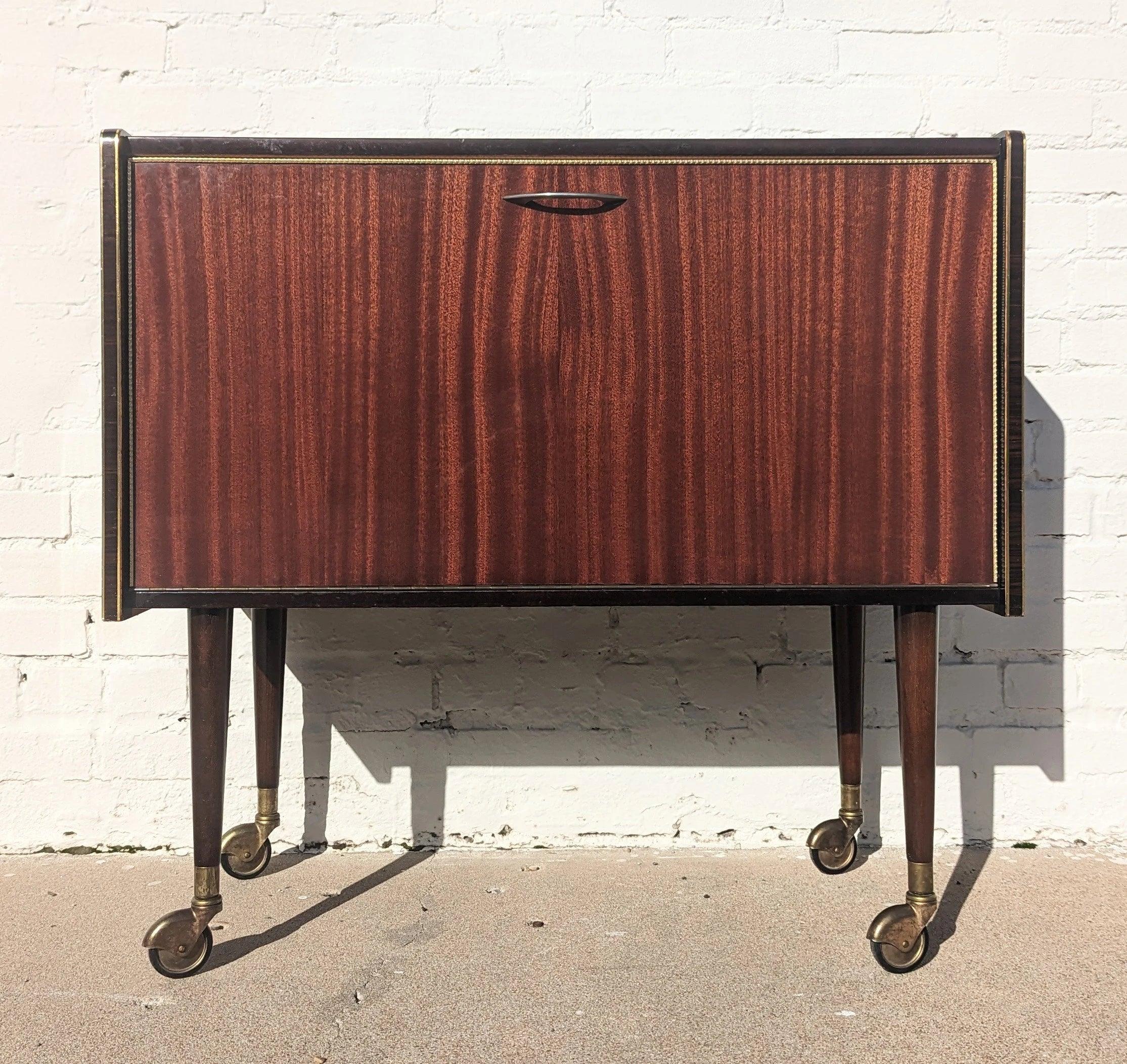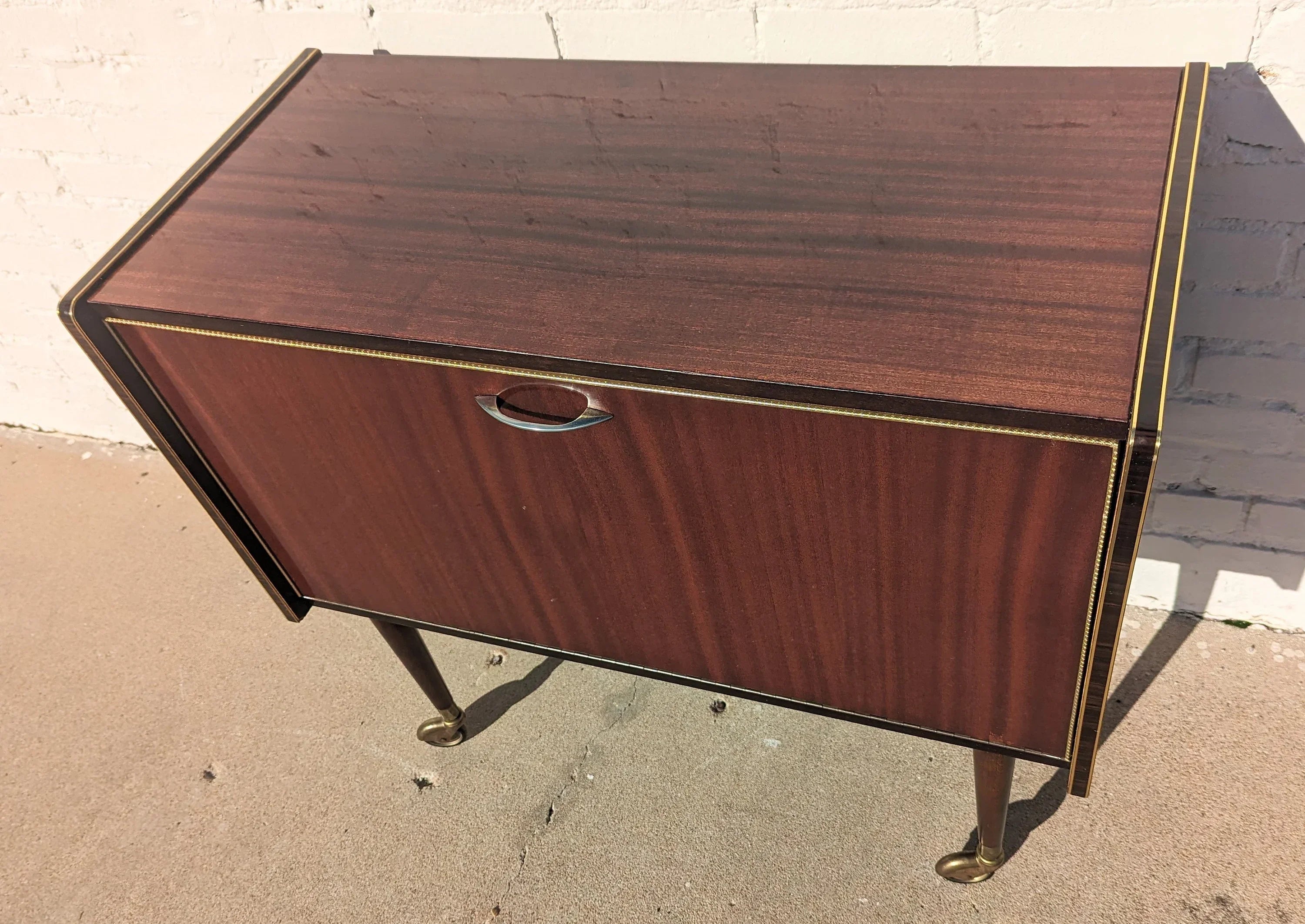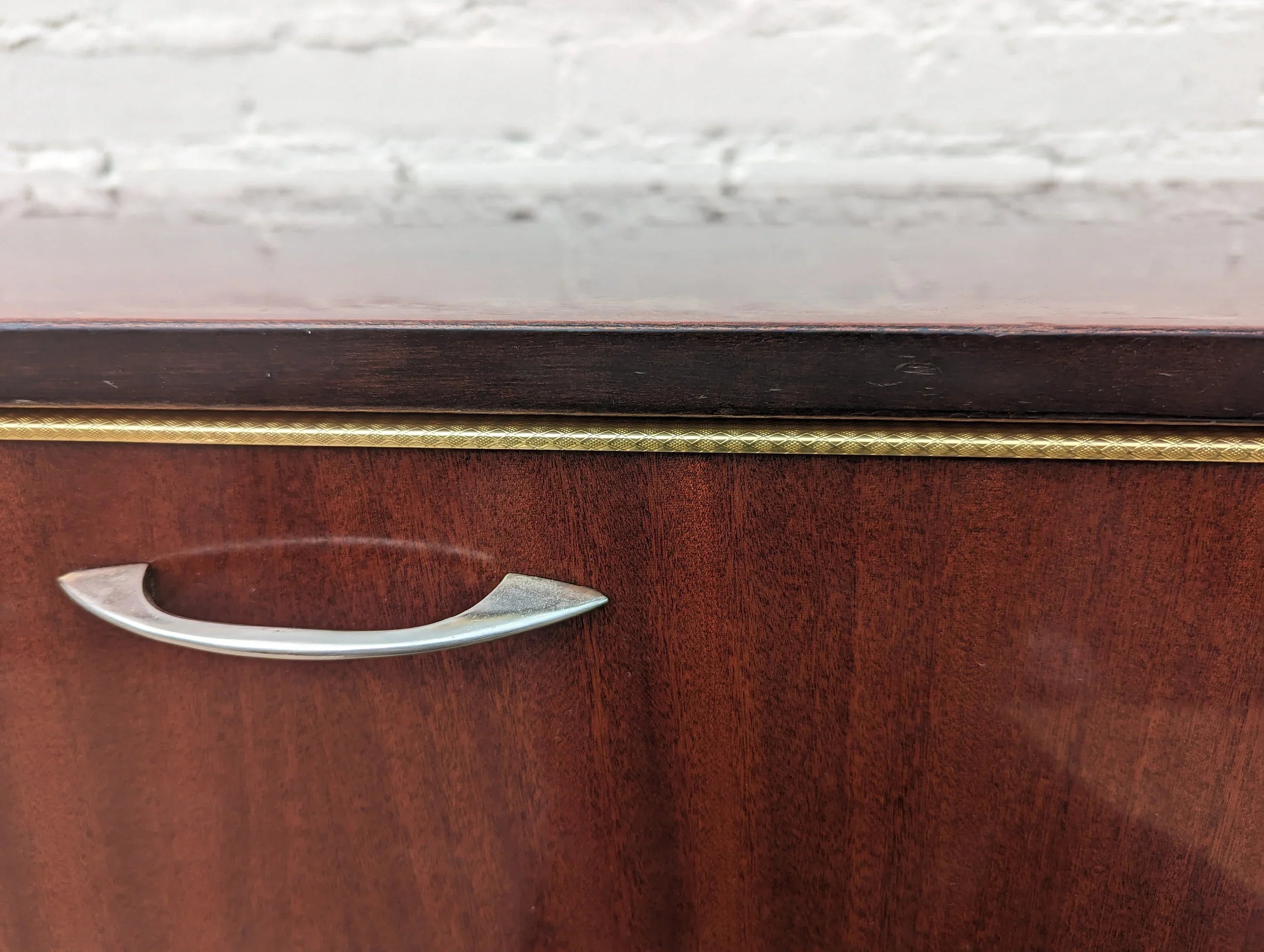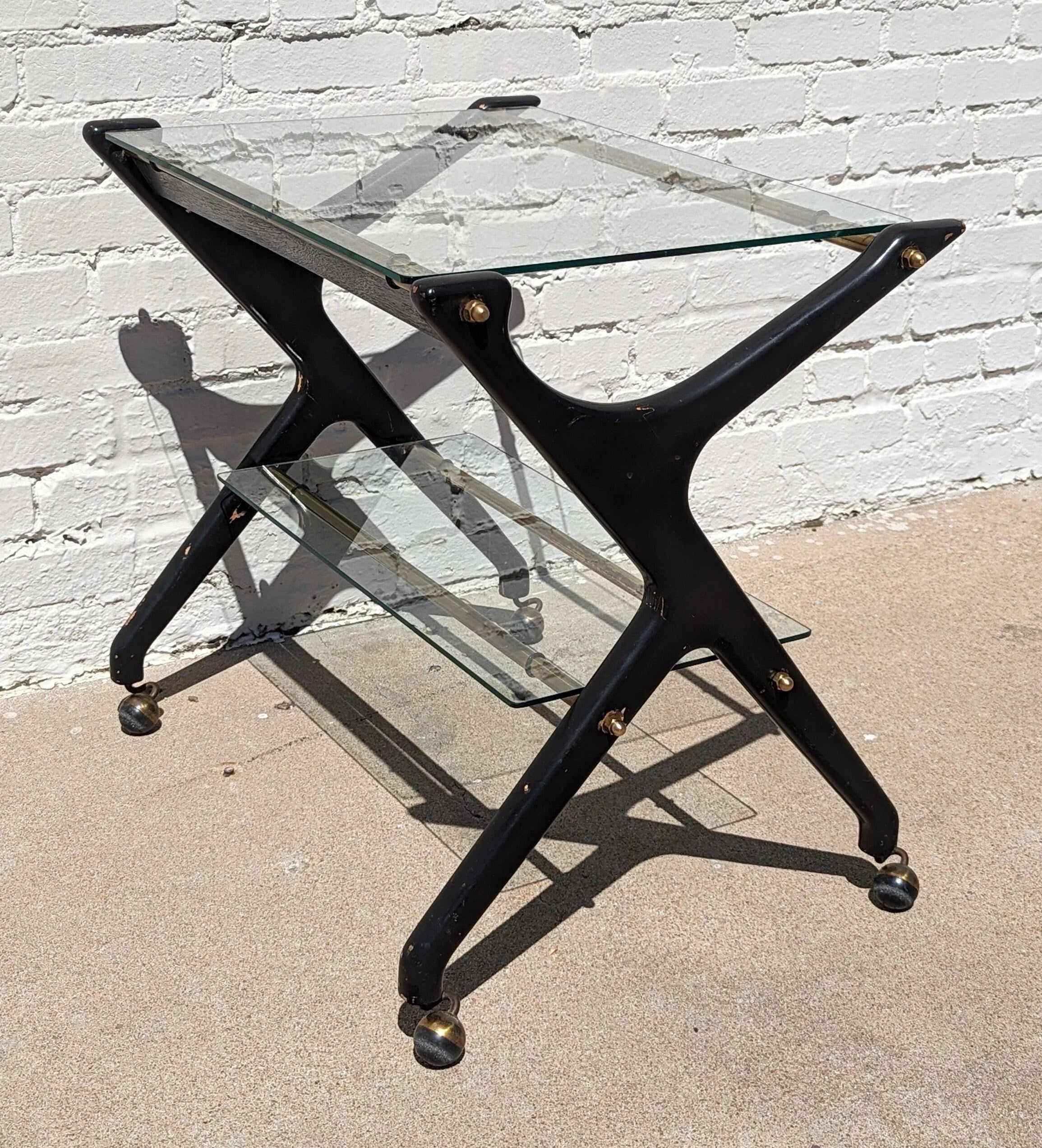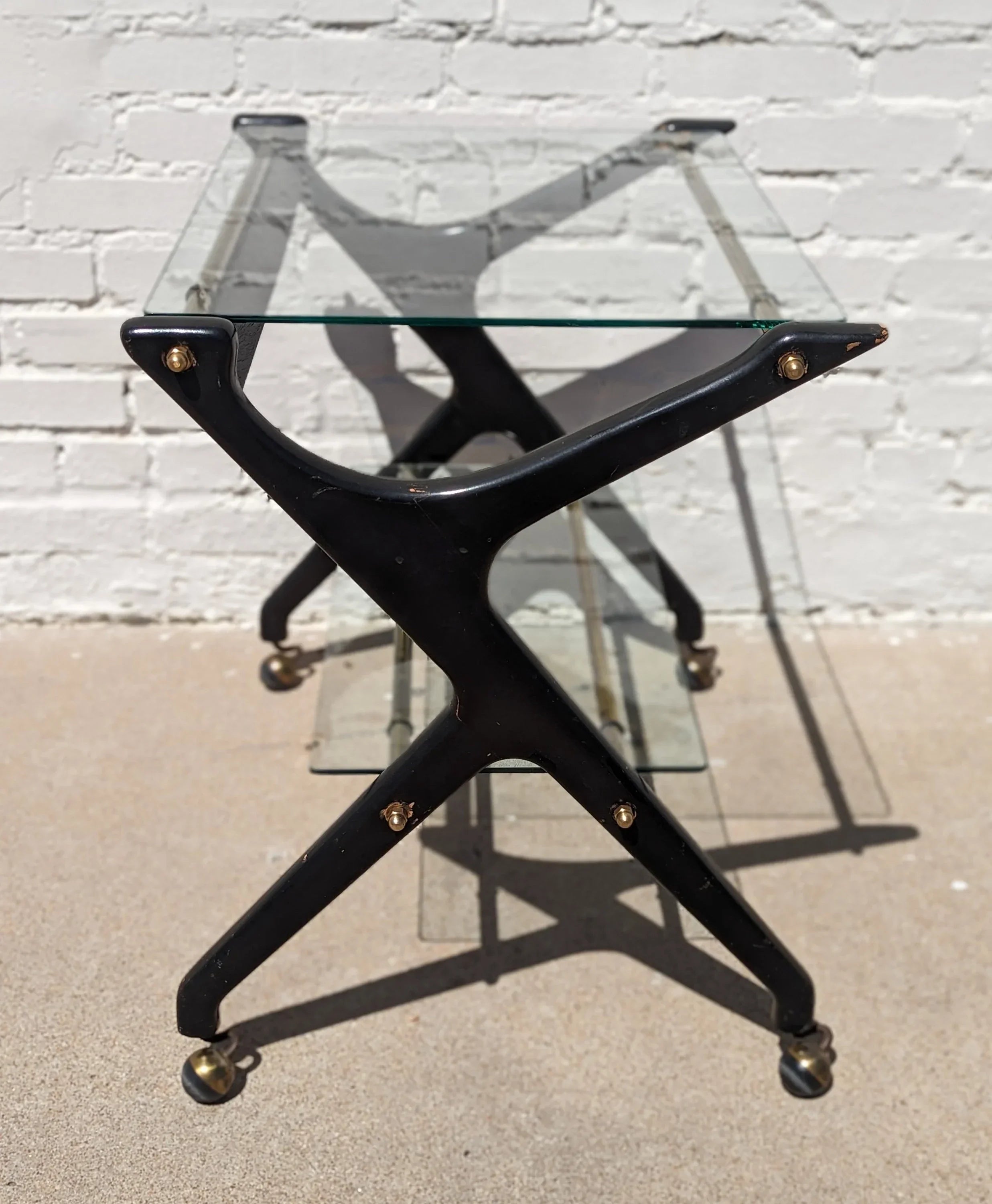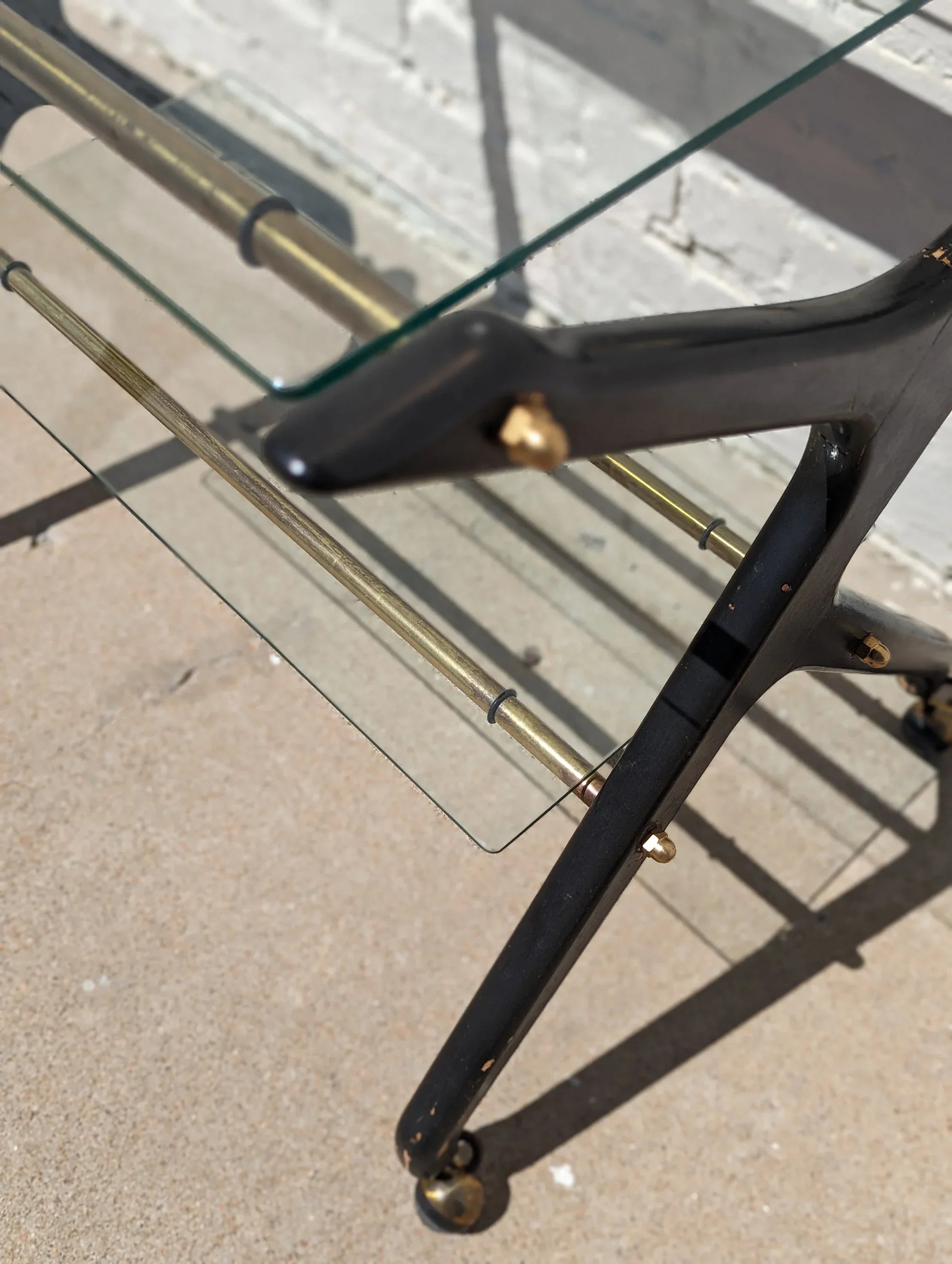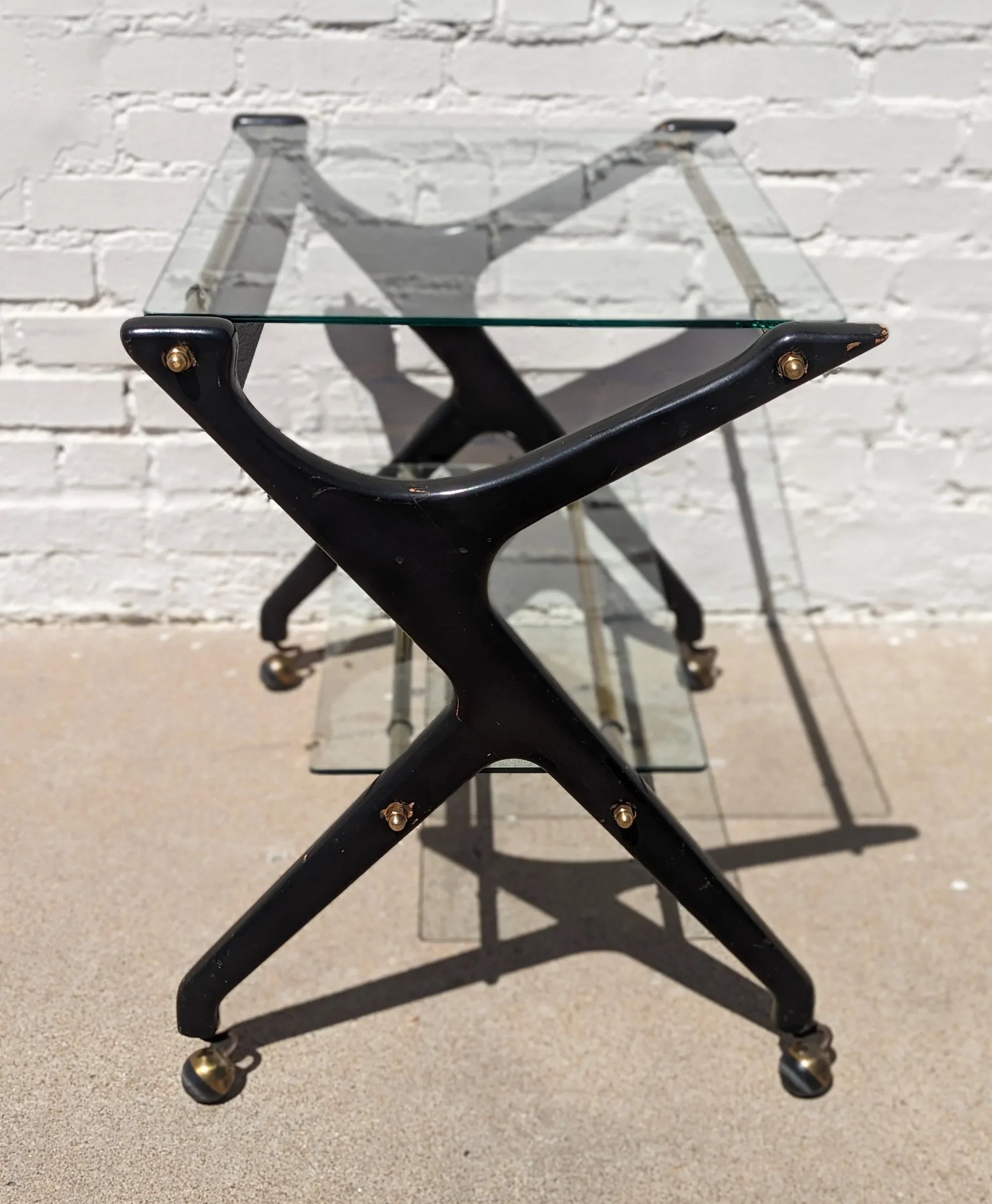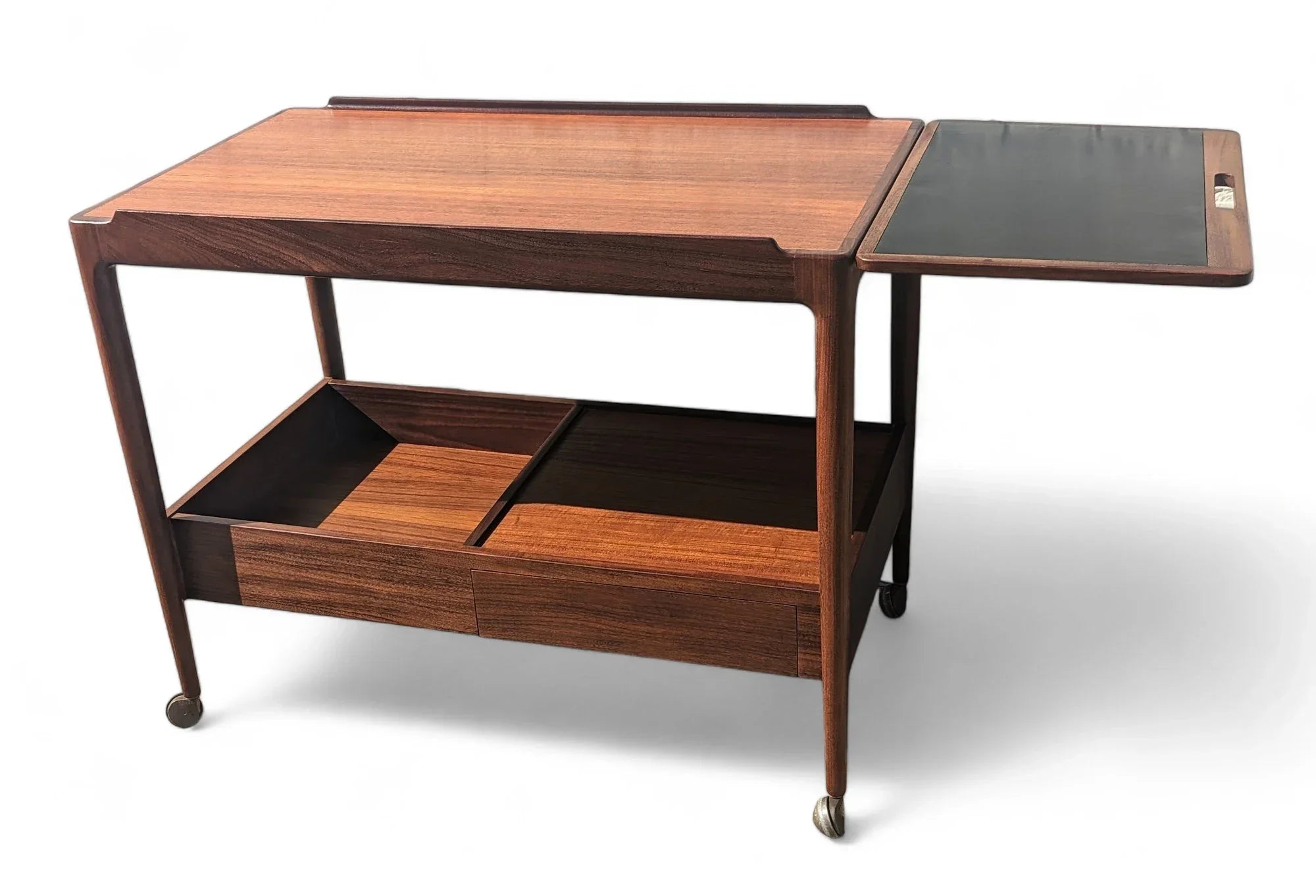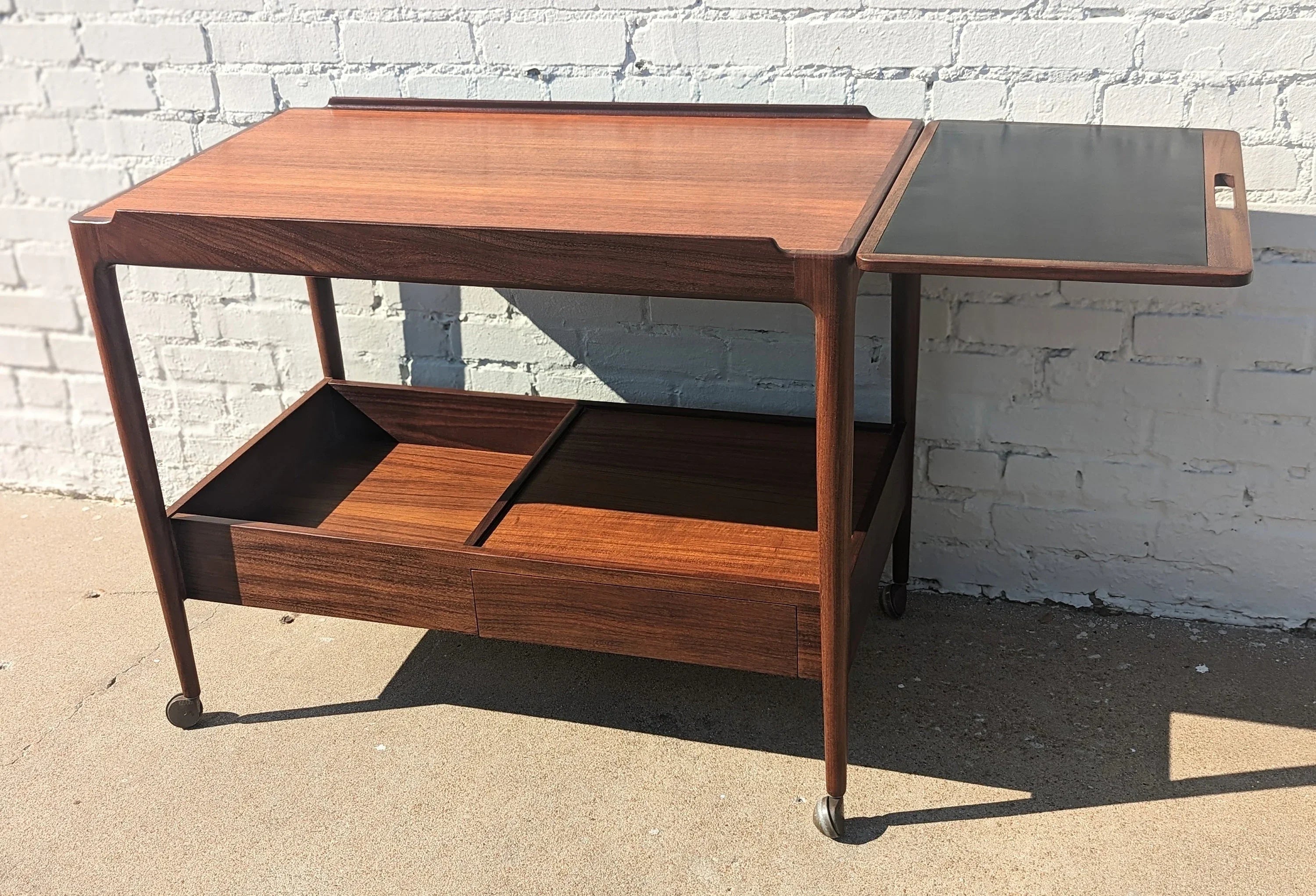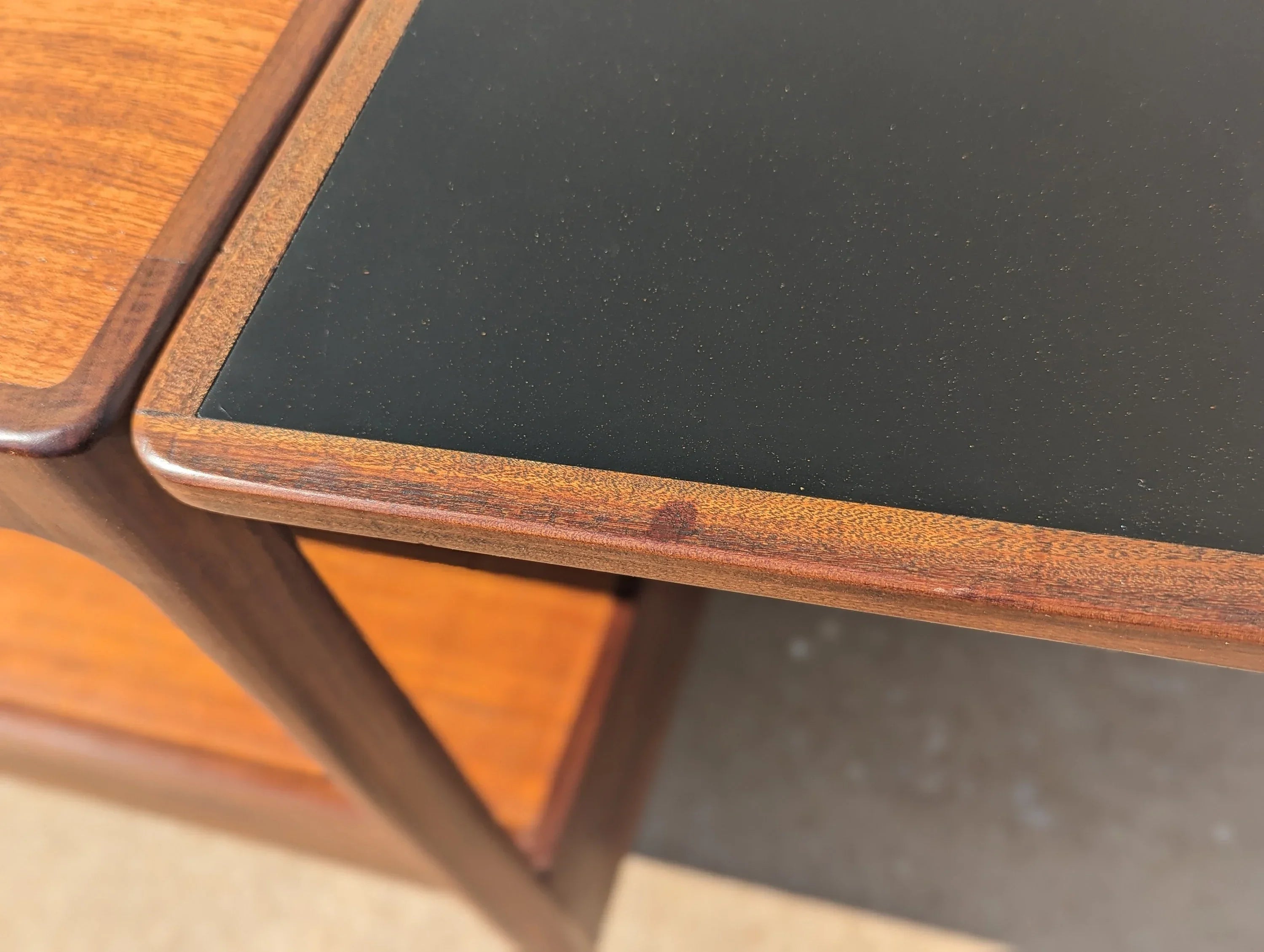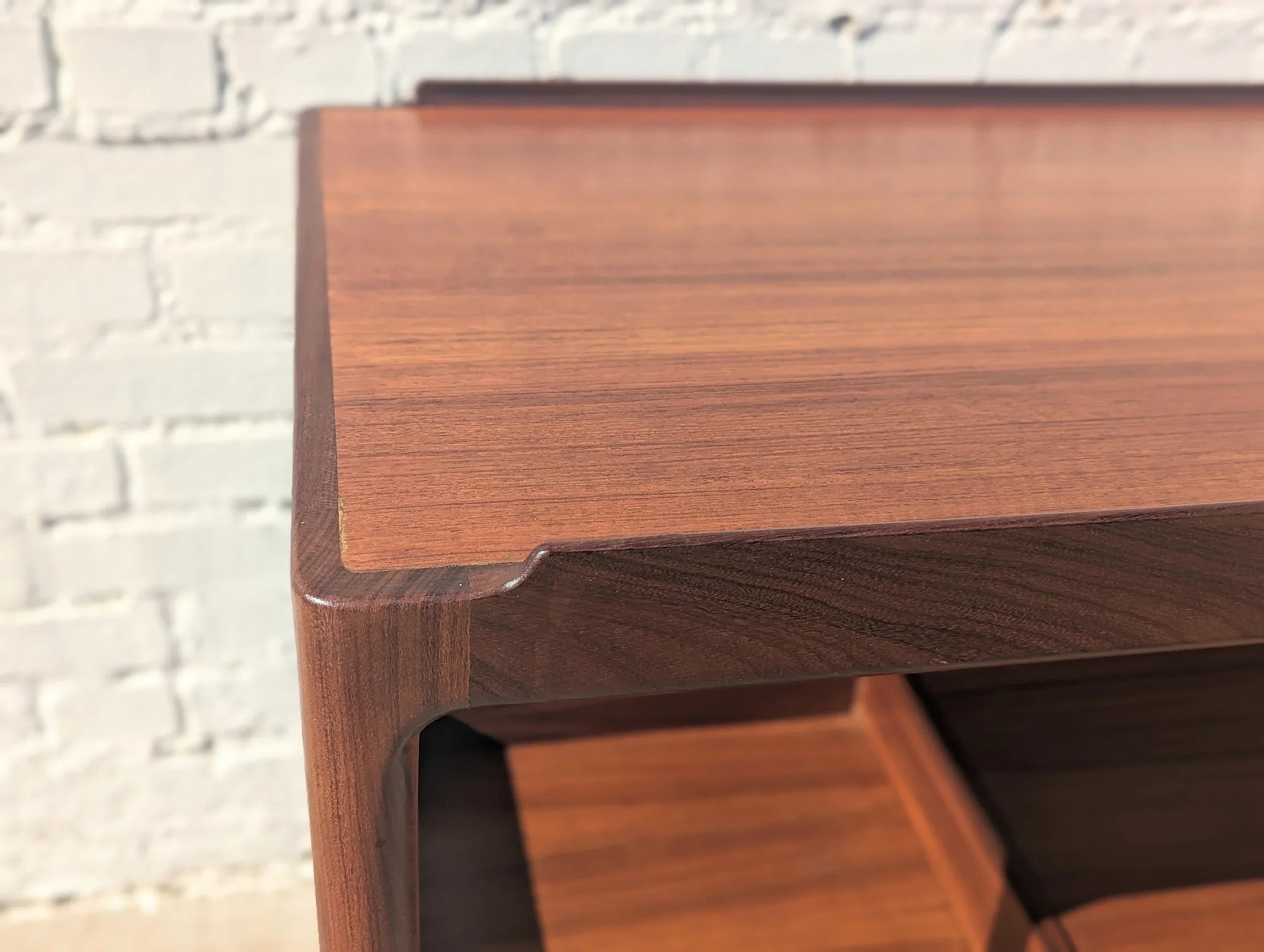Rolling Furniture
Mid-Century Modern Rolling Furniture
Mid-century modern rolling furniture represents one of the most versatile and stylish categories of 20th-century design. From bar carts and tea trolleys to modular serving tables and rolling cabinets, these pieces were crafted with the idea that modern living should be flexible, elegant, and fun. Designed mainly between the 1950s and 1970s, rolling furniture became a symbol of the postwar era’s emphasis on entertaining, convenience, and adaptable living spaces. Today, authentic rolling pieces remain highly collectible and serve as both functional tools and sculptural accents in contemporary homes.
The Appeal of Rolling Furniture
Rolling furniture embodies the spirit of mid-century innovation: practicality without sacrificing beauty. Whether serving cocktails on a chrome and glass bar cart, wheeling in tea on a teak trolley, or rearranging a modular rolling cabinet, these designs made it possible to entertain and live dynamically. Unlike static furniture, rolling pieces created movement within a room—changing layouts effortlessly and providing extra storage or surface space exactly where it was needed.
Design Influences
The concept of mobility in furniture was embraced by both Scandinavian and Italian designers during the mid-century period. Danish makers produced teak and rosewood trolleys with clean lines, dovetail joinery, and subtle wheels that blended seamlessly with other furnishings. Italian designers, on the other hand, leaned into glamour with chrome, brass, lacquer, and glass, creating bar carts and service trolleys that doubled as conversation pieces. Each approach reflected national design philosophies—Scandinavia’s focus on warmth and function, and Italy’s flair for drama and luxury.
Materials & Craftsmanship
- Teak & Rosewood: Popular for Danish rolling trolleys, these woods brought natural warmth and durability.
- Chrome & Glass: Sleek Italian designs favored polished chrome frames with smoked or clear glass shelves.
- Brass Accents: Luxury details, often paired with glass or lacquer, gave carts a glamorous edge.
- Lacquer & Formica: Durable and colorful finishes that expressed optimism in the atomic age.
Styling Ideas for Today
- Bar Cart: Display vintage glassware, decanters, and cocktail tools for a sophisticated drinks station.
- Tea Trolley: Pair with ceramic serveware and a coffee press for an everyday ritual with mid-century charm.
- Side Table on Wheels: Use as a sofa-side surface that can be repositioned easily as needs change.
- Plant or Art Stand: Elevate greenery, sculpture, or books to create a mobile focal point in the room.
Collector Value
Authentic rolling furniture is highly sought after by collectors and interior designers. Danish teak trolleys by designers such as Poul Hundevad and Johannes Andersen are prized for their clean lines and craftsmanship. Italian brass and chrome bar carts, often attributed to design masters like Aldo Tura, embody the glamorous side of modern living. With their practicality and timeless style, these pieces continue to appreciate in value, making them a smart investment for design lovers.
Shop Rolling Furniture at Vintage Vault Modern
Our curated selection includes rolling bar carts, serving trolleys, and modular cabinets from Italian and Danish makers. Each piece is sourced for authenticity and quality, offering both decorative appeal and everyday usability. Explore our current inventory to find the perfect rolling addition to your collection.
Learn More
Discover more about the history and materials of mid-century modern design:
- Mid-Century Modern – Wikipedia
- Teak – The Wood Database
- Rosewood – The Wood Database
- Lacquer – Britannica
- Bar Cart – Wikipedia
Pro tip: Rolling furniture doesn’t have to stay in the living room. Use a teak trolley as a flexible bedside table, or place a chrome and glass cart in the entryway to display art books and fresh flowers. These versatile designs prove that good furniture is always ready to move.
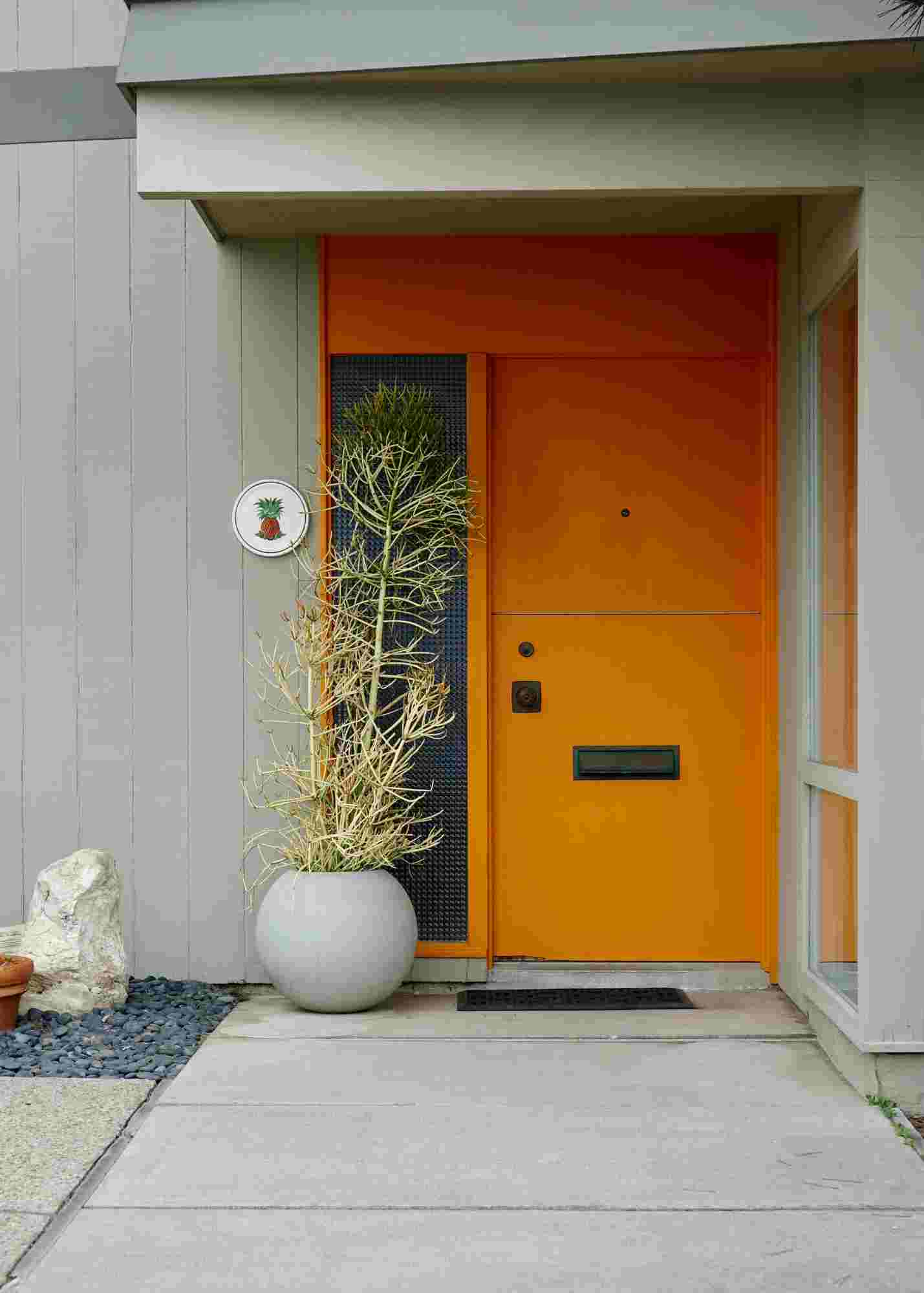
Unlock the Vault
Discover this week’s standout mid-century modern find — handpicked for collectors who know the difference.

